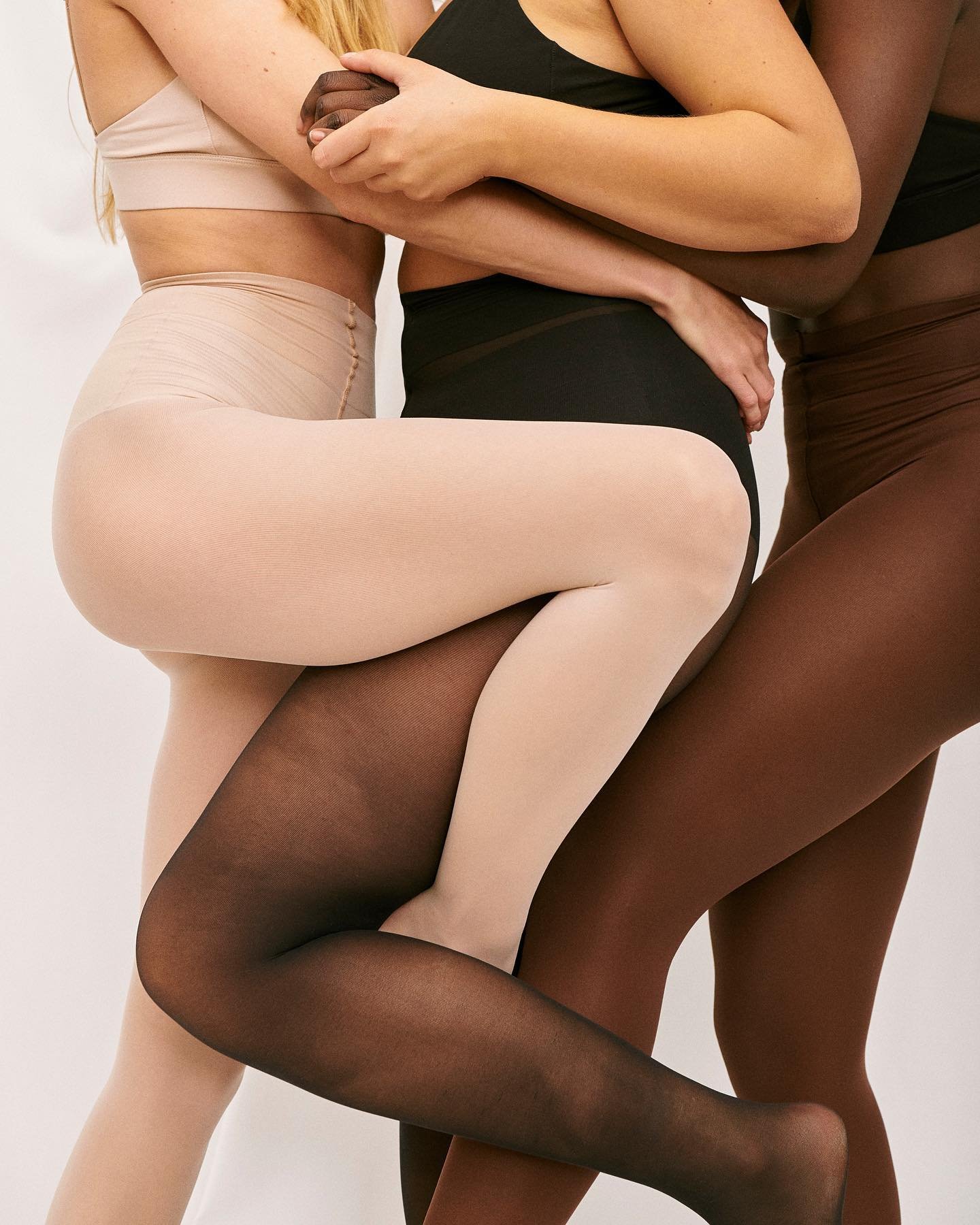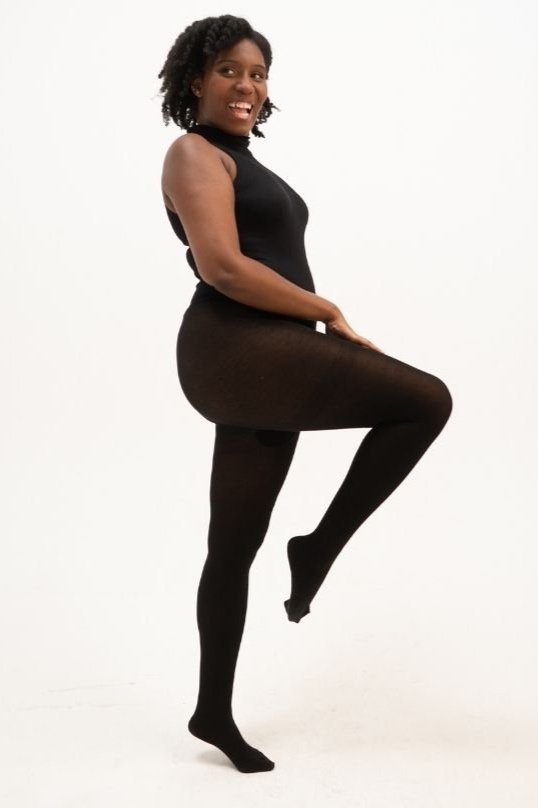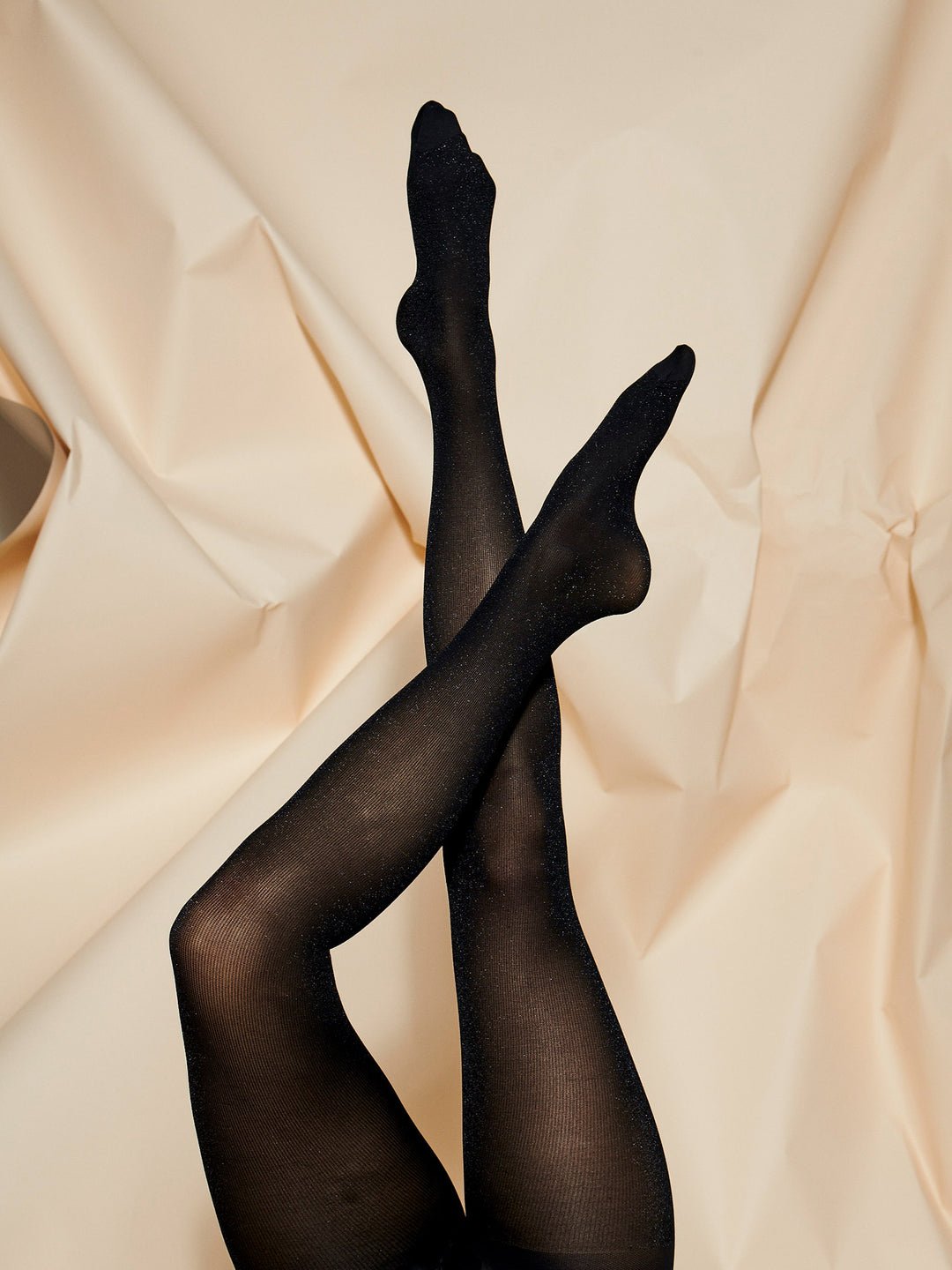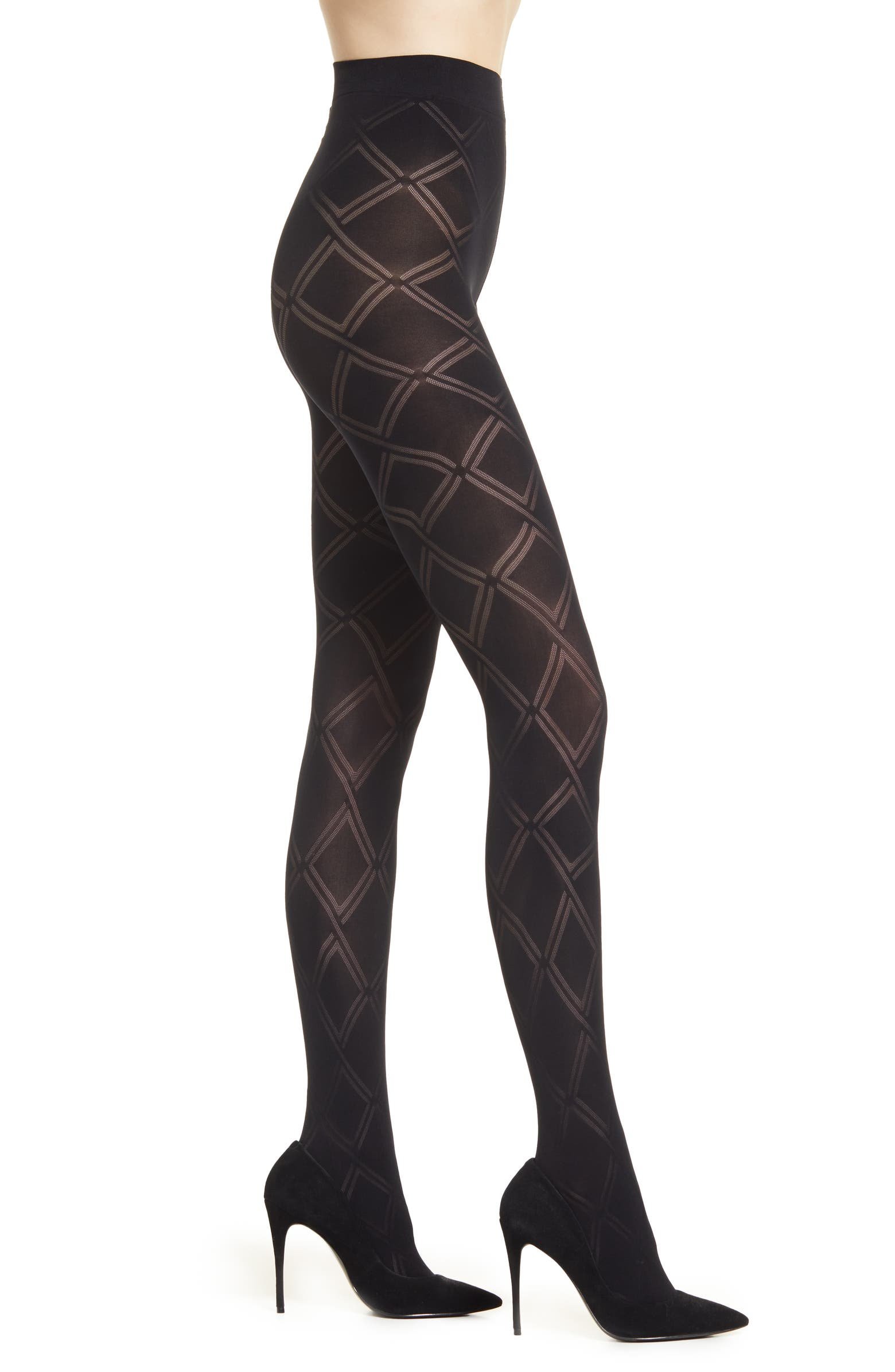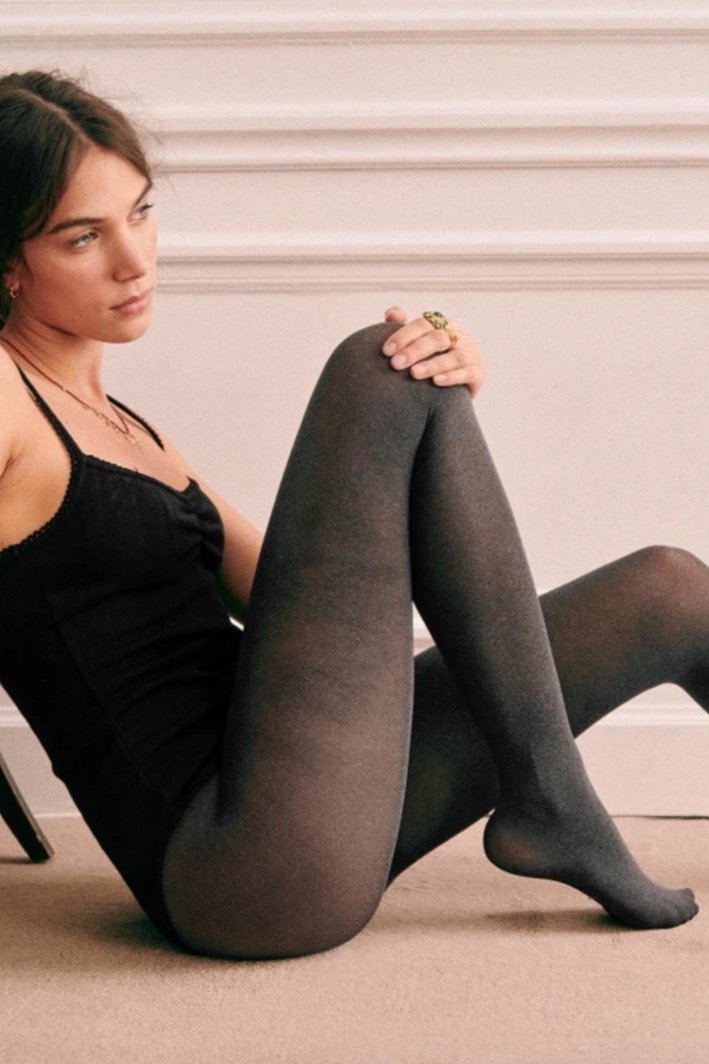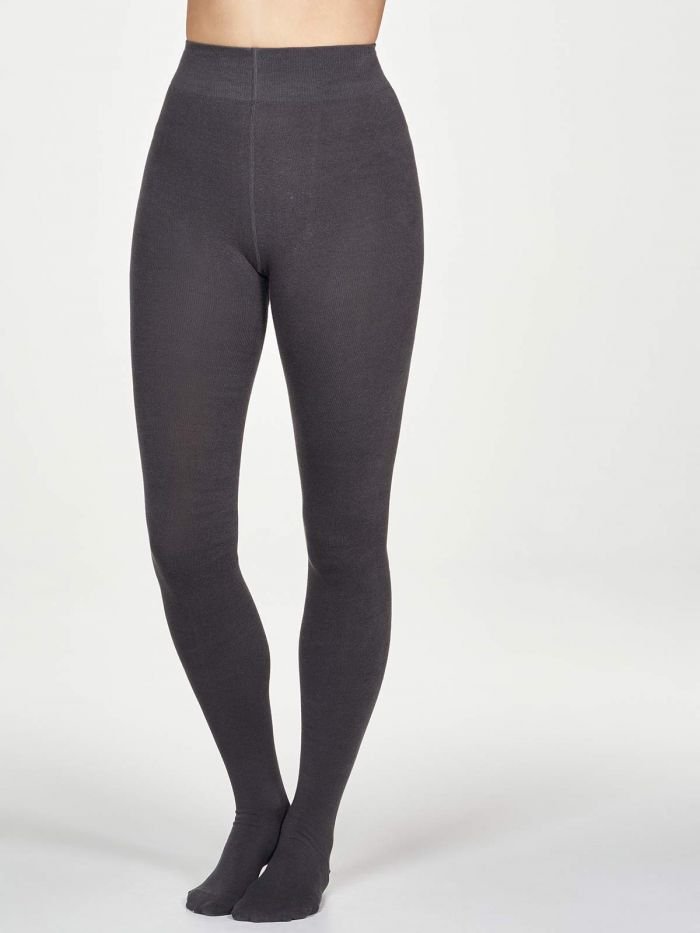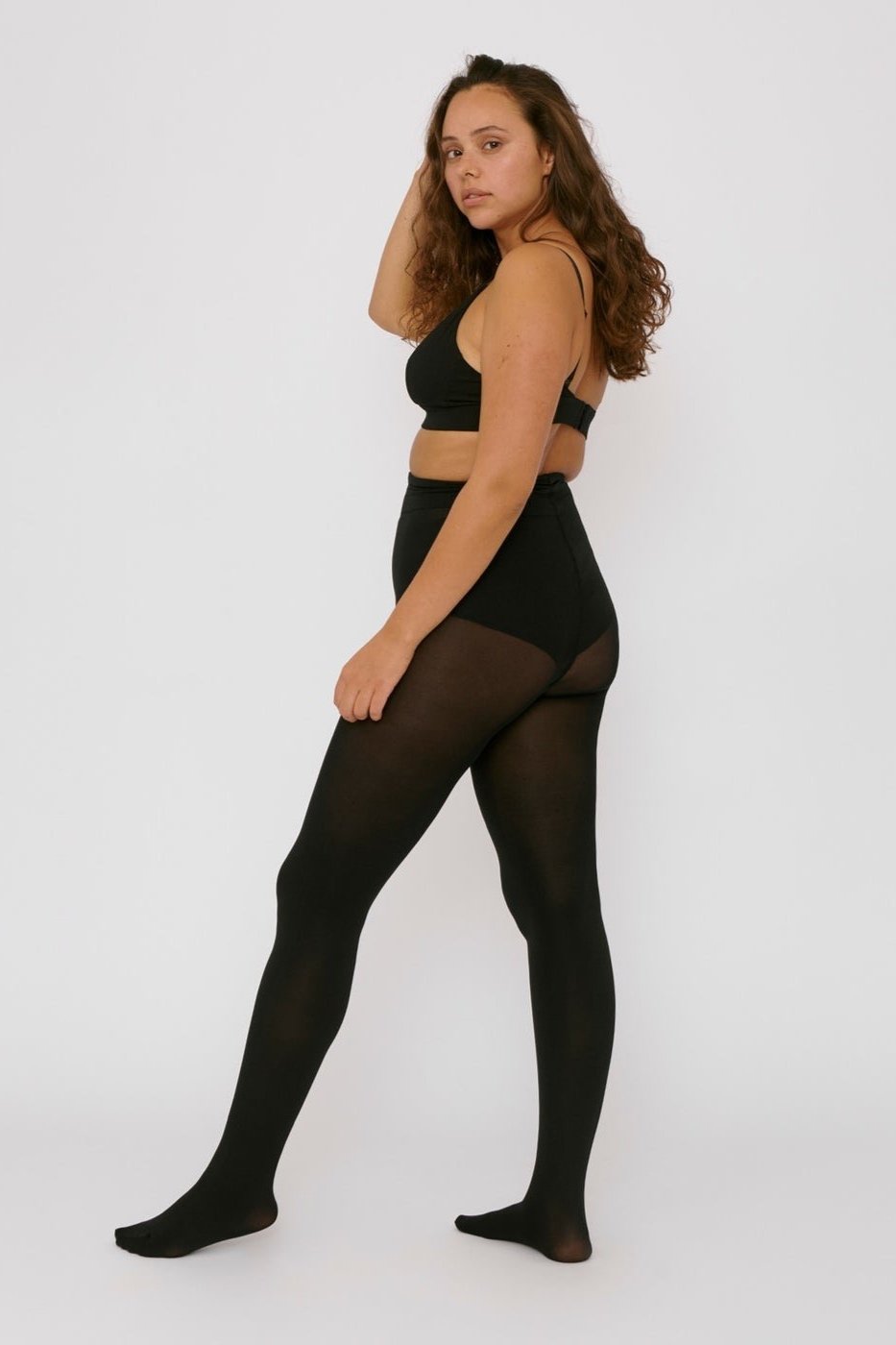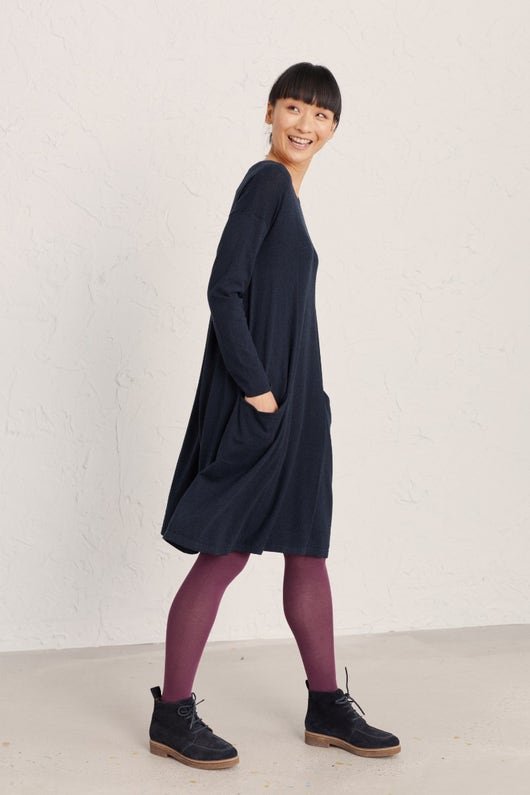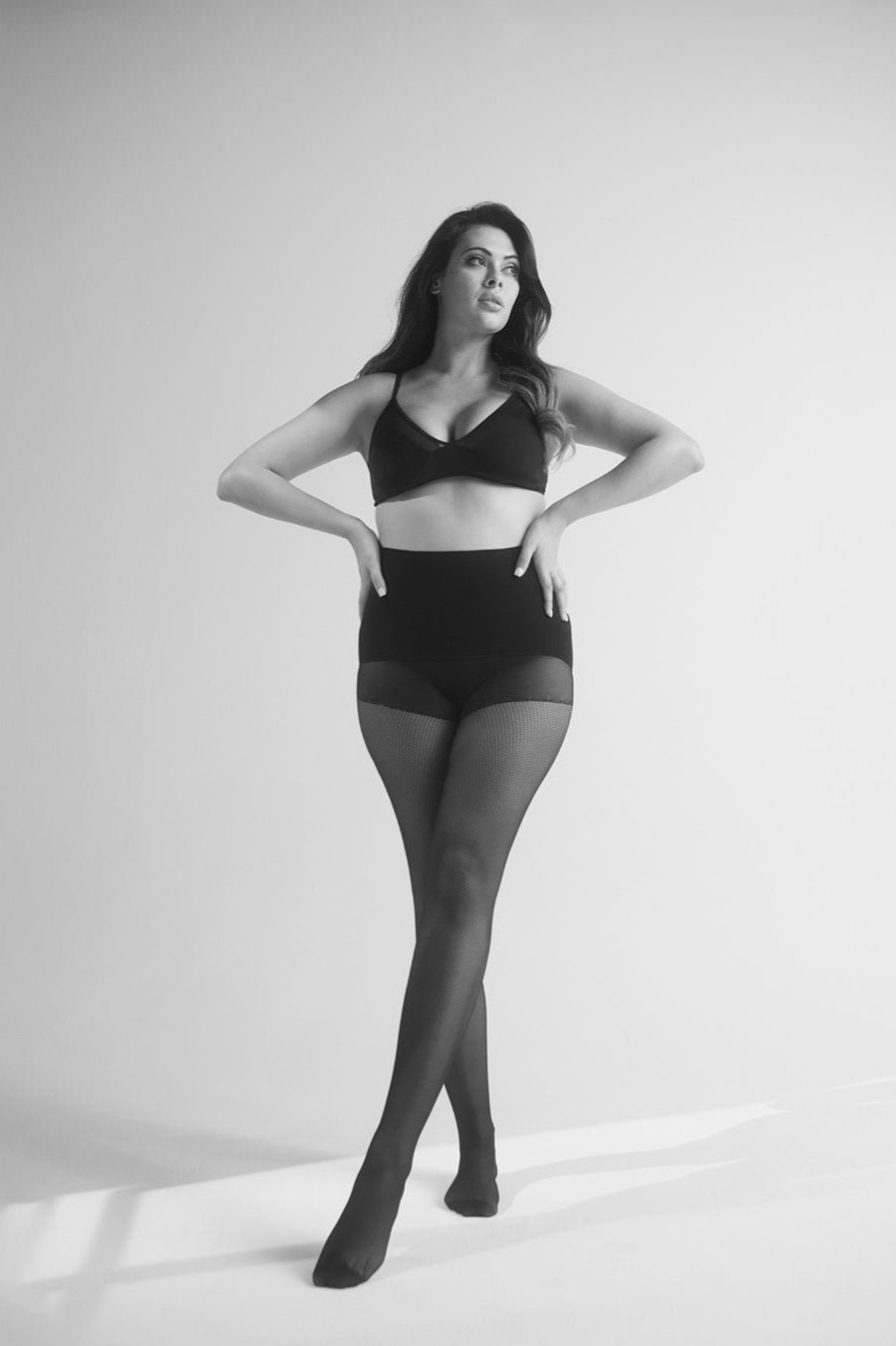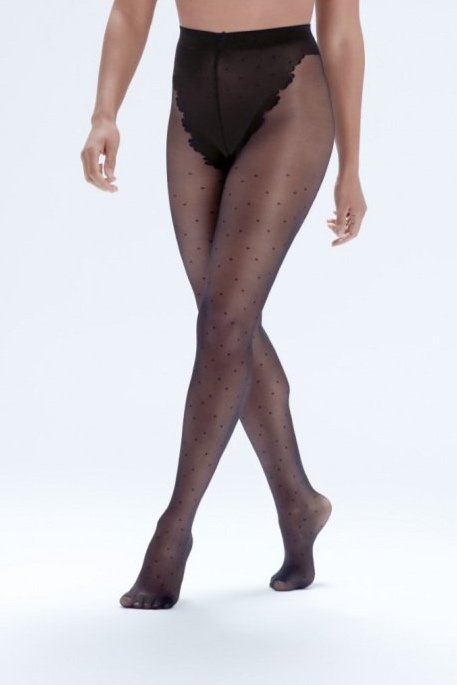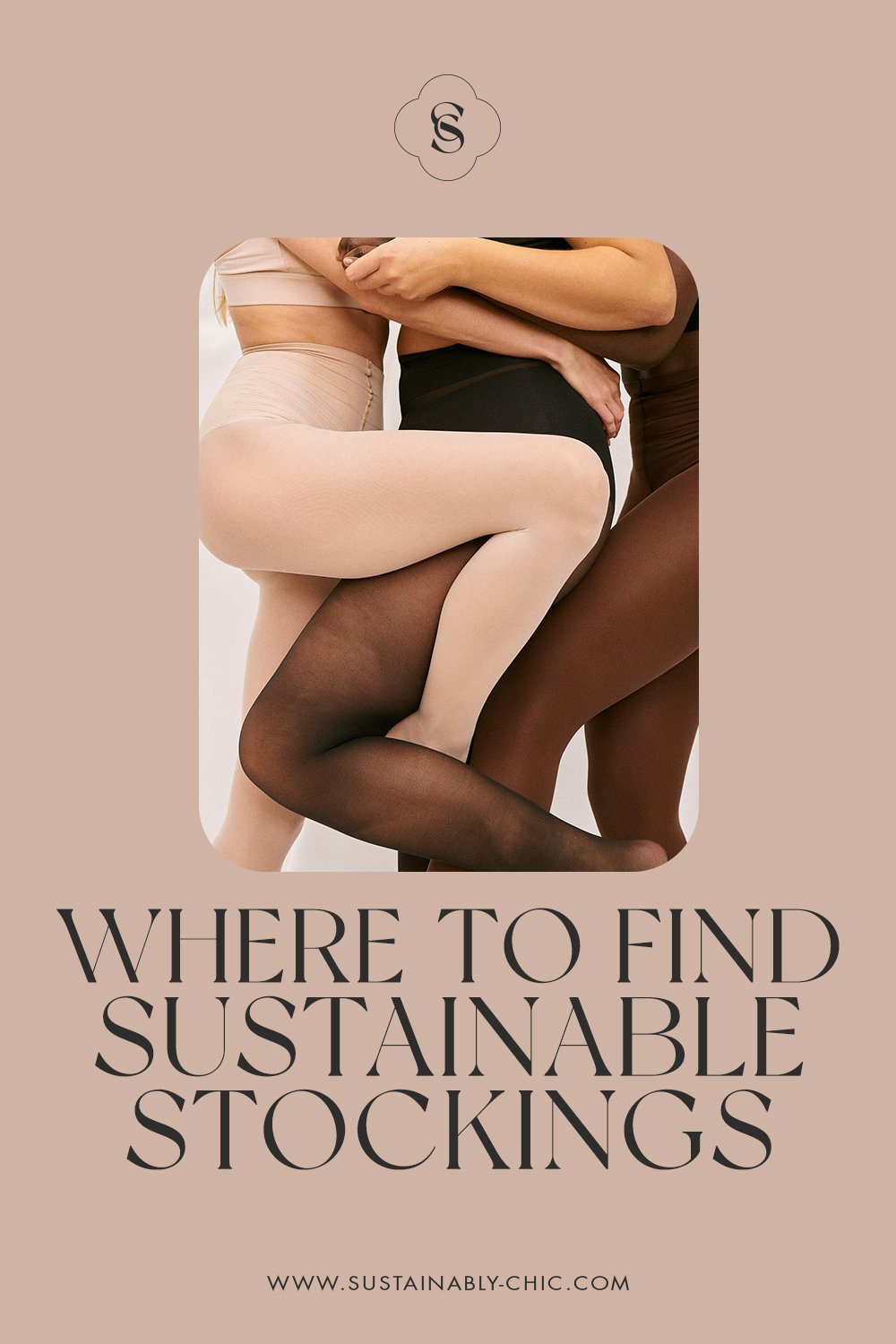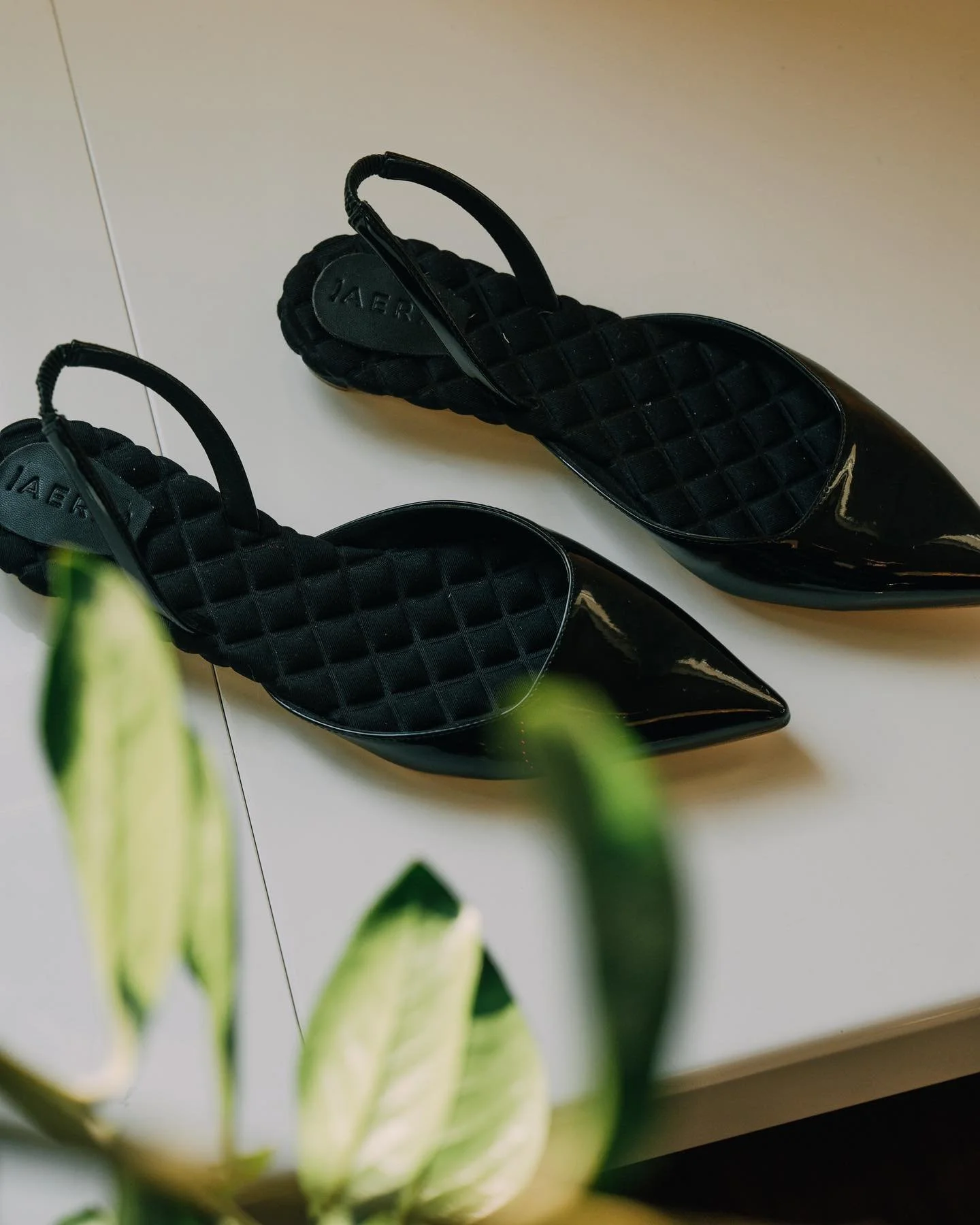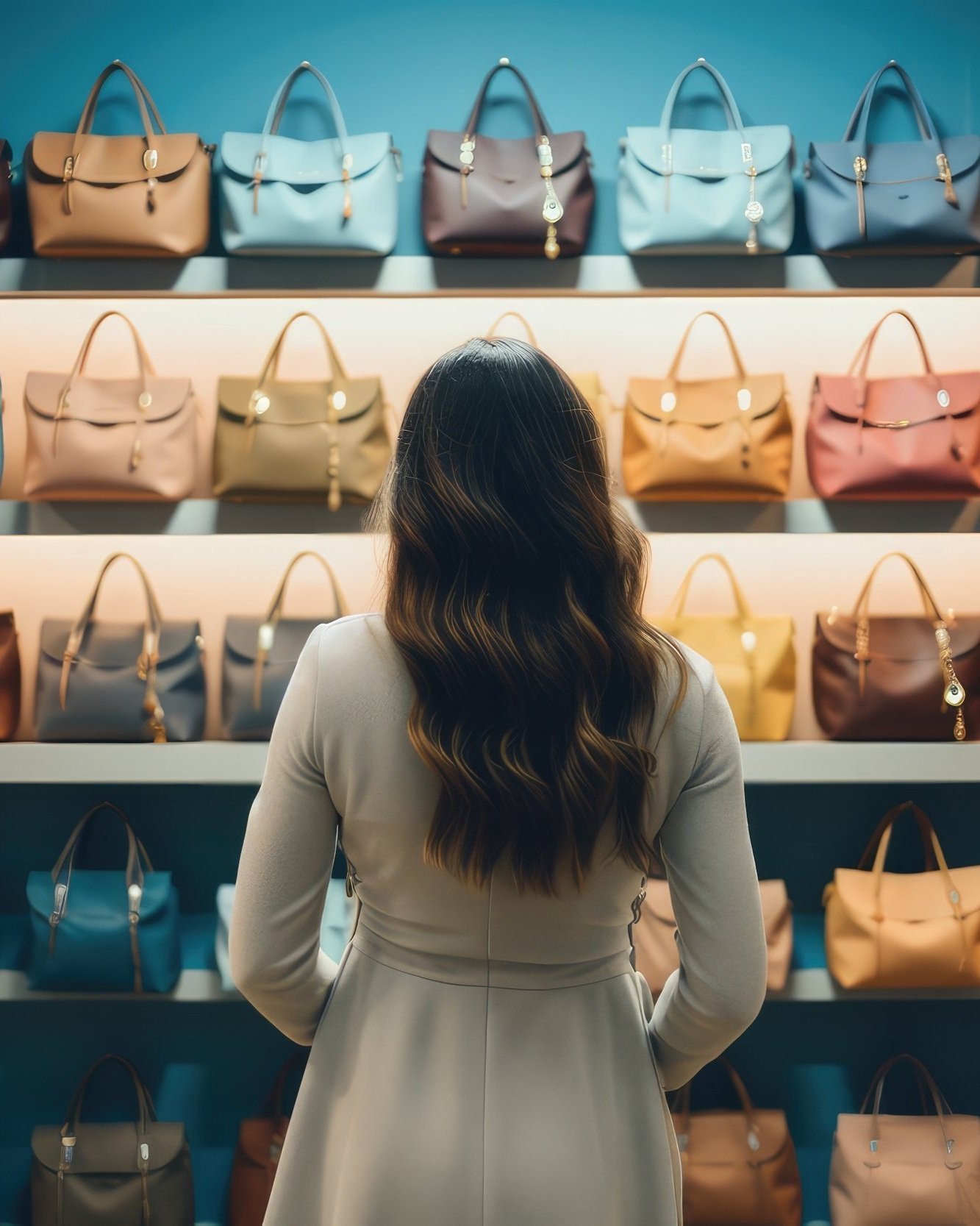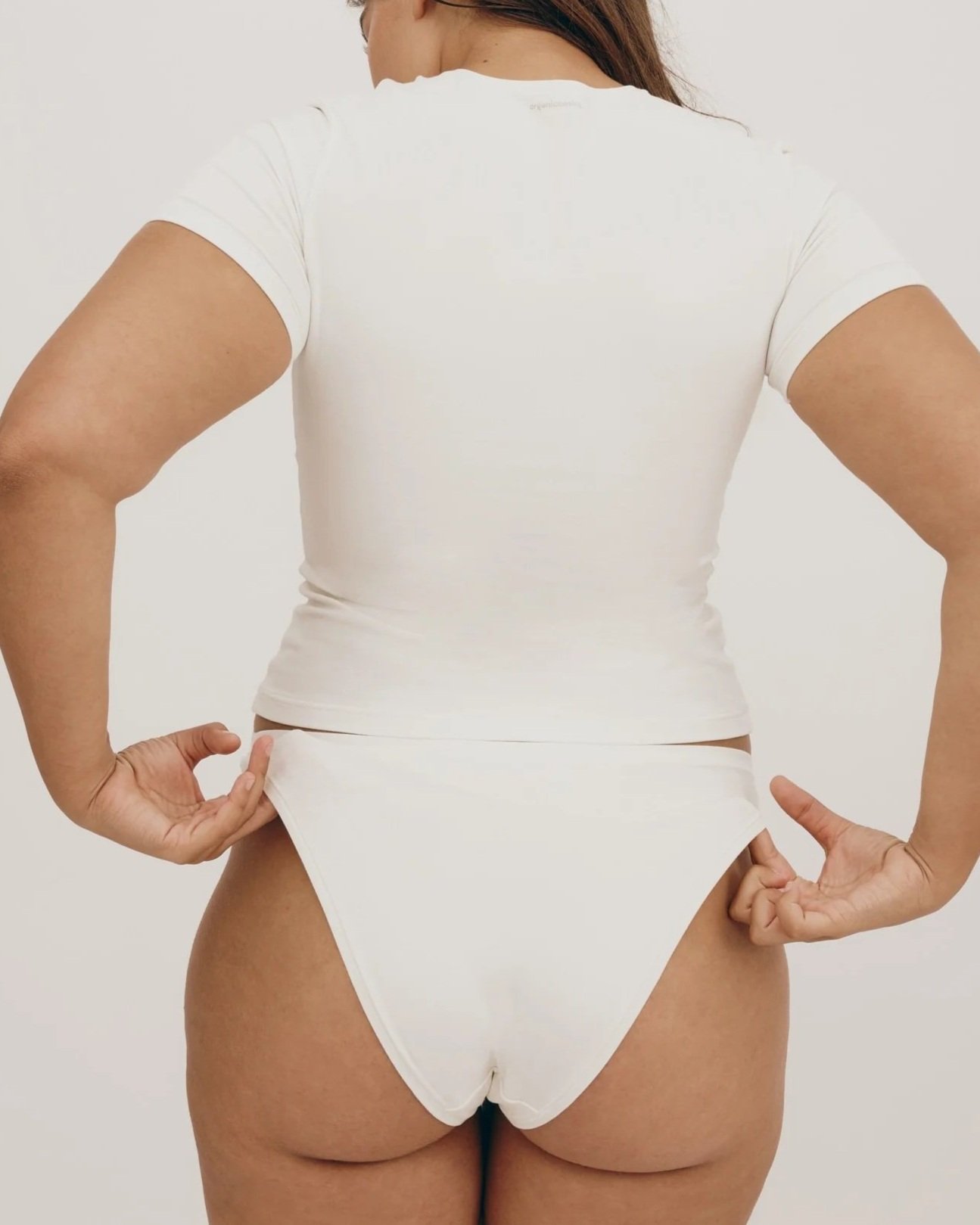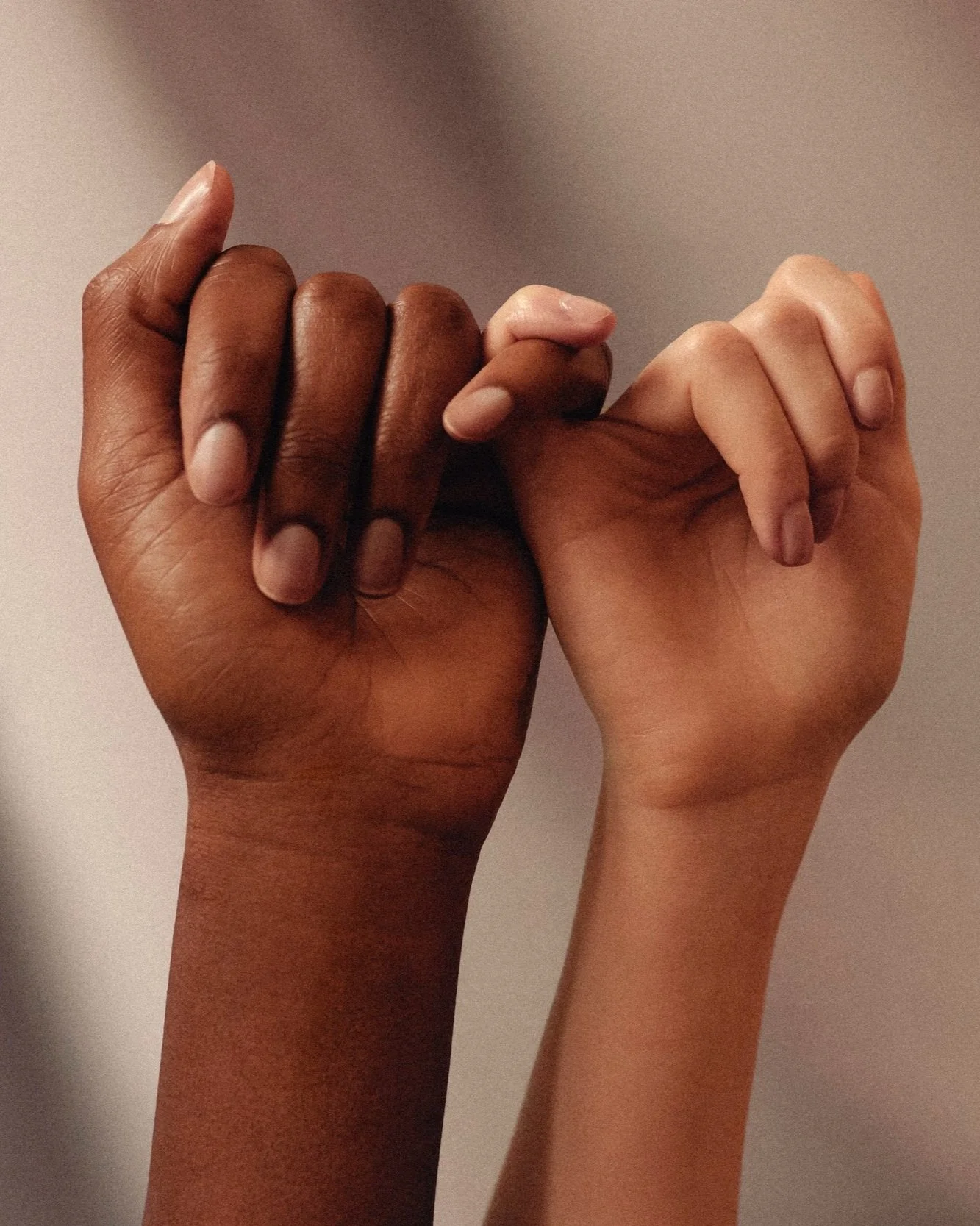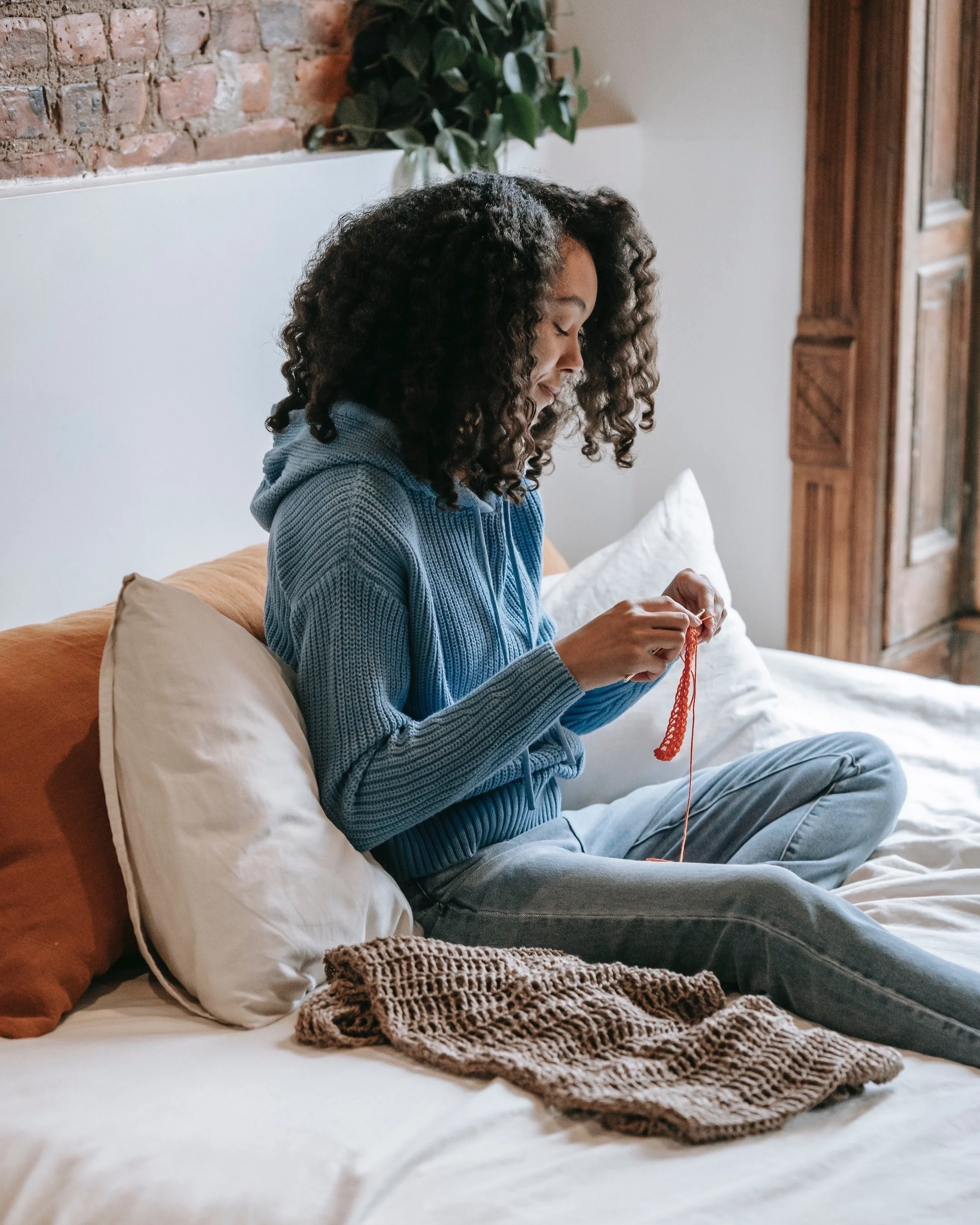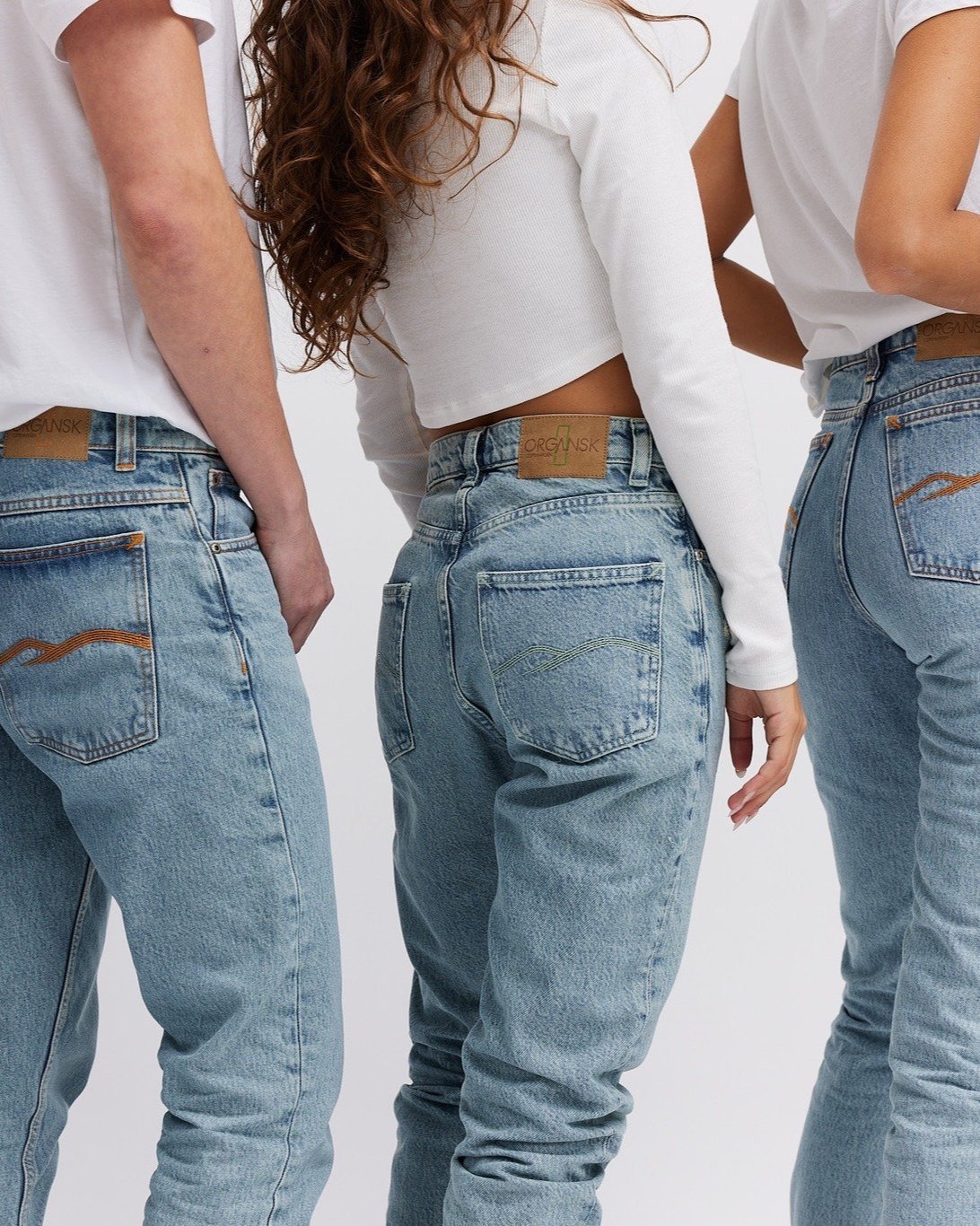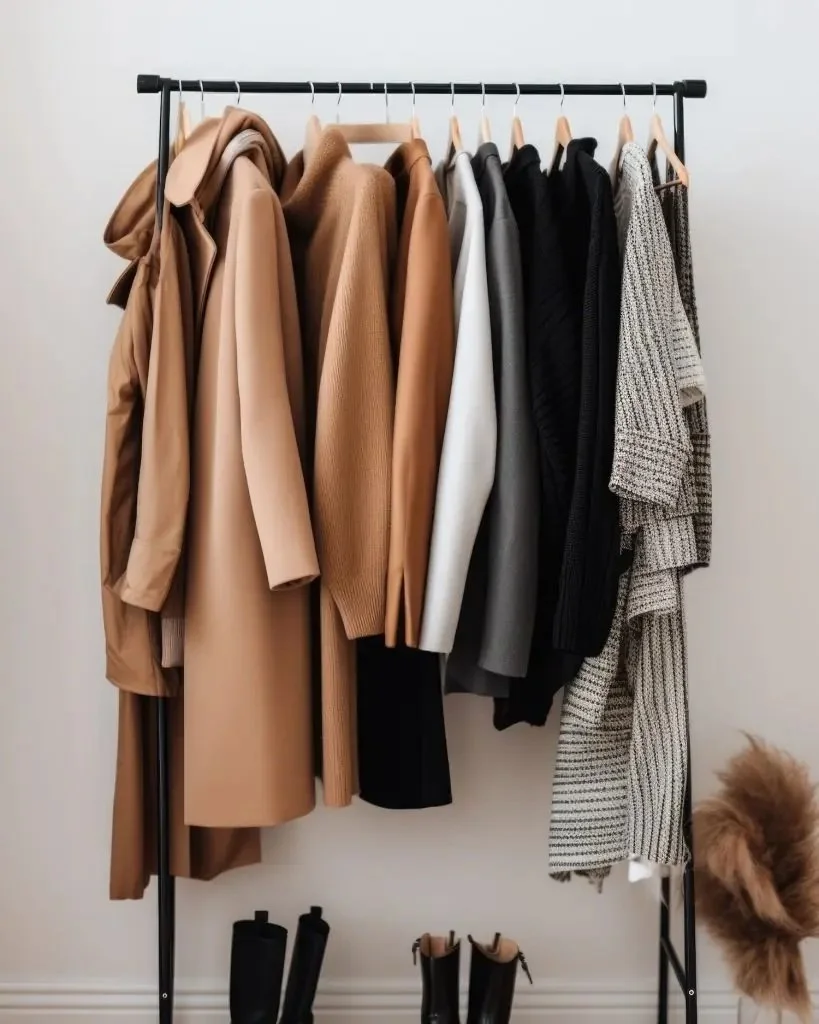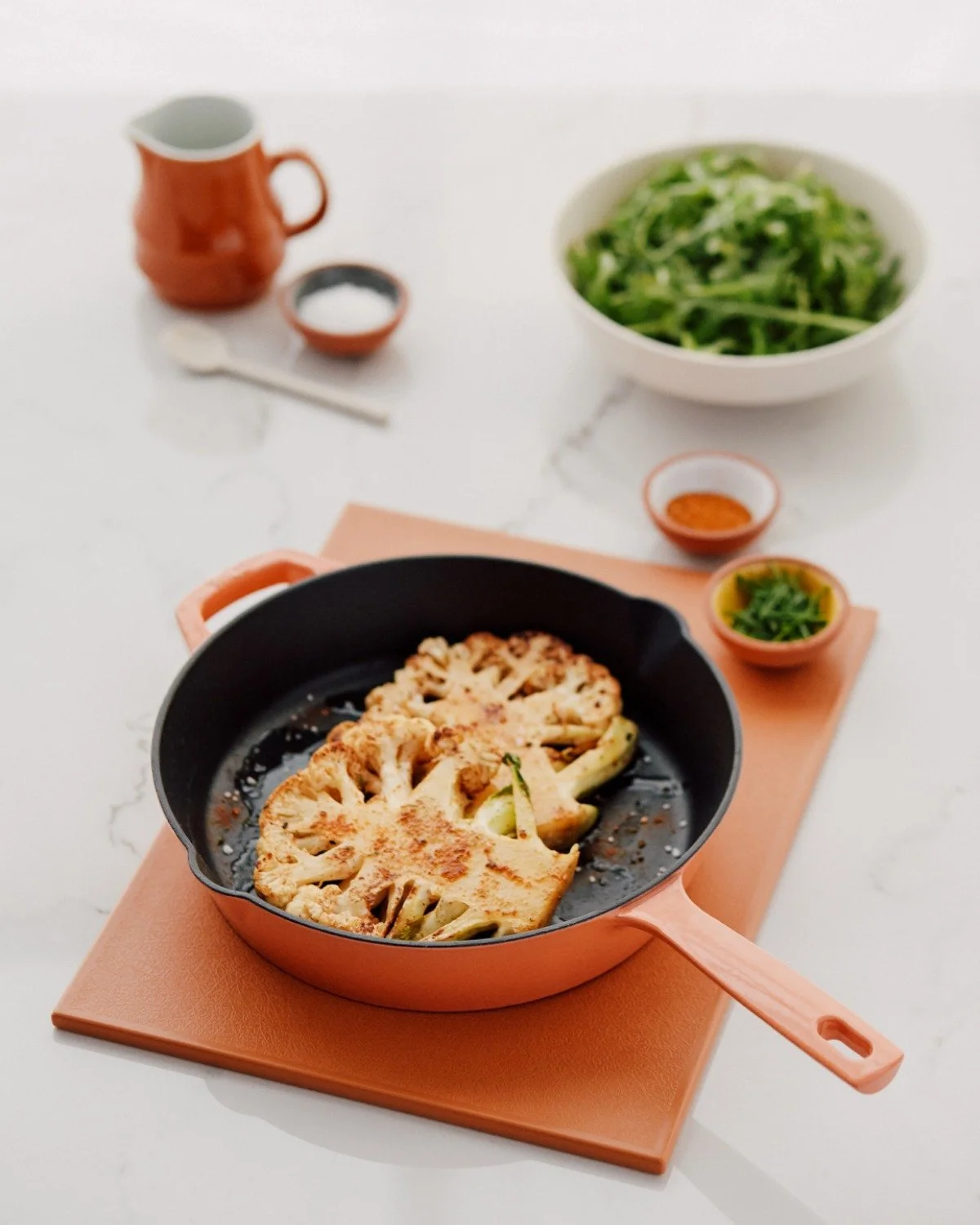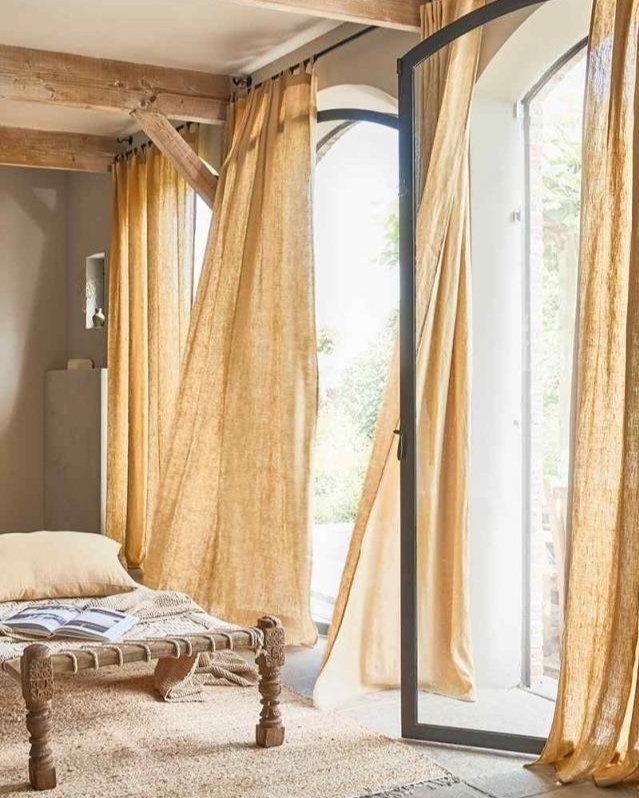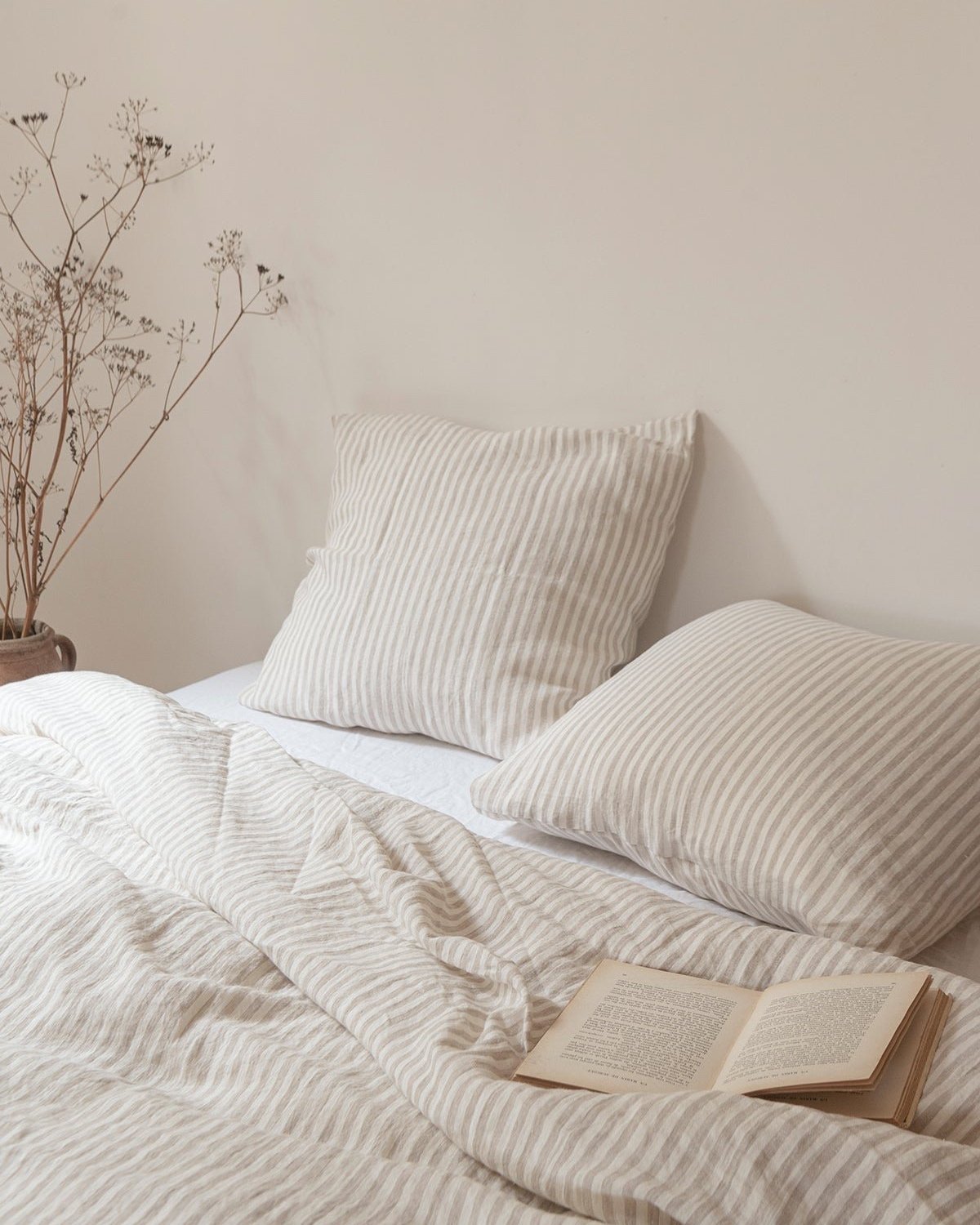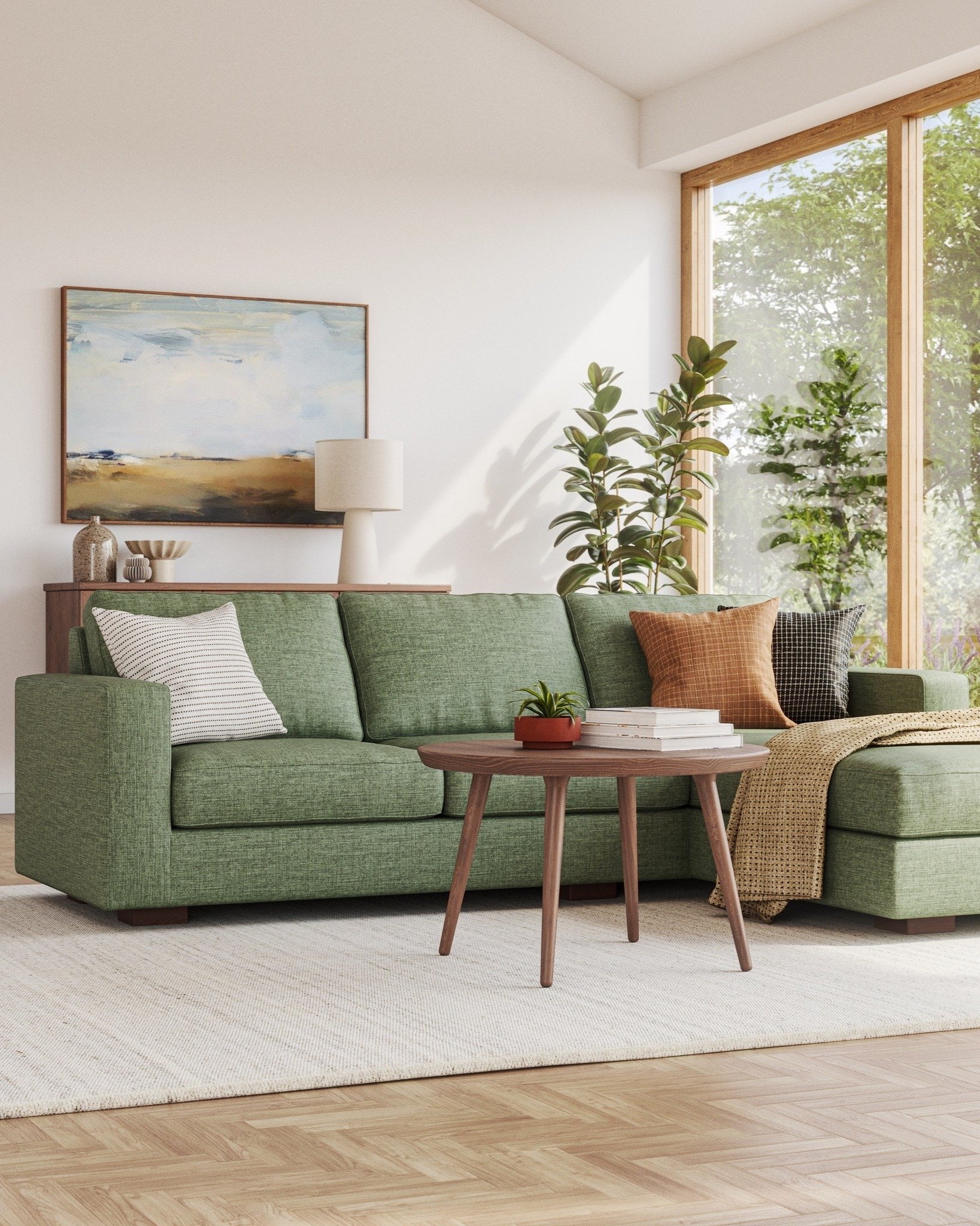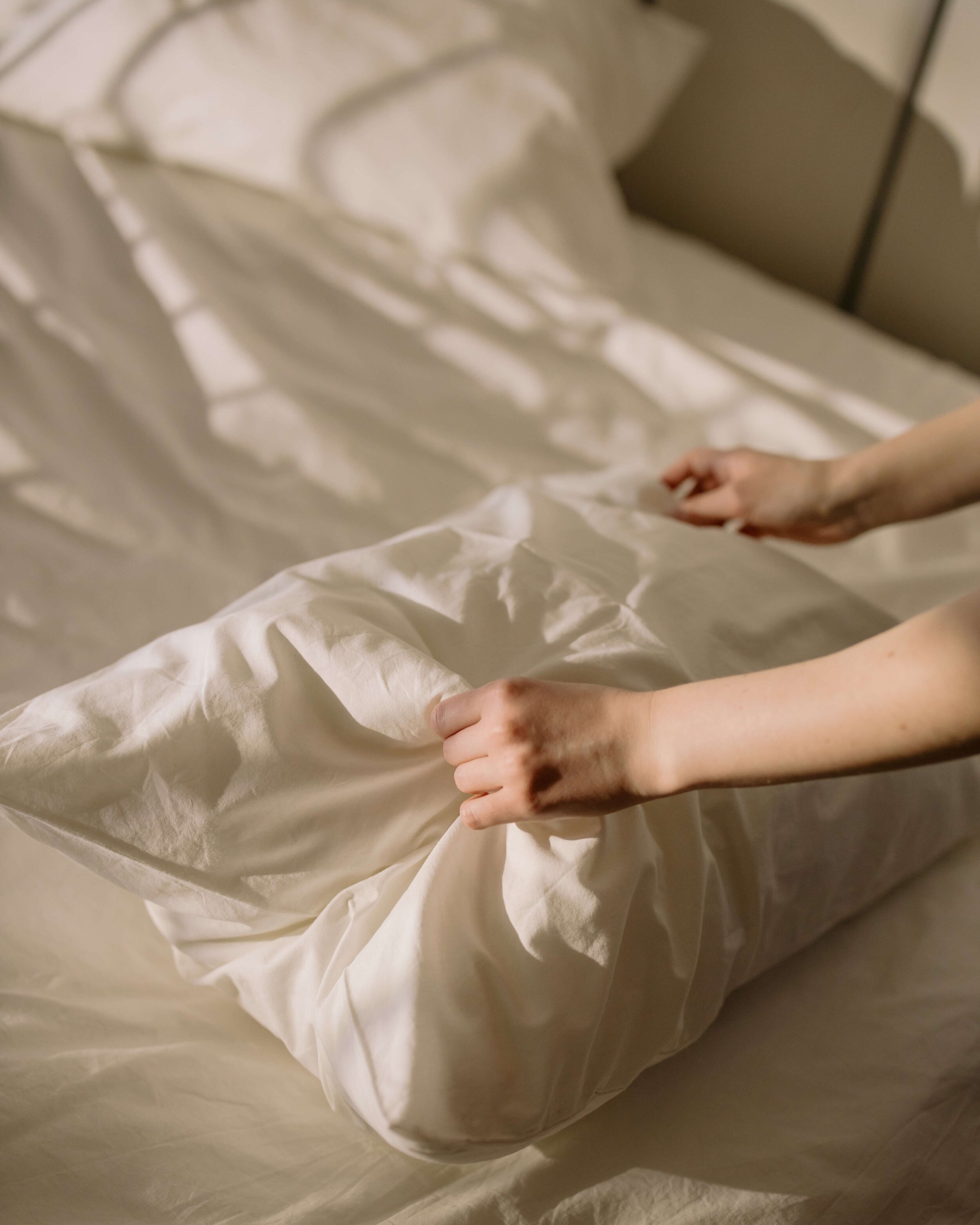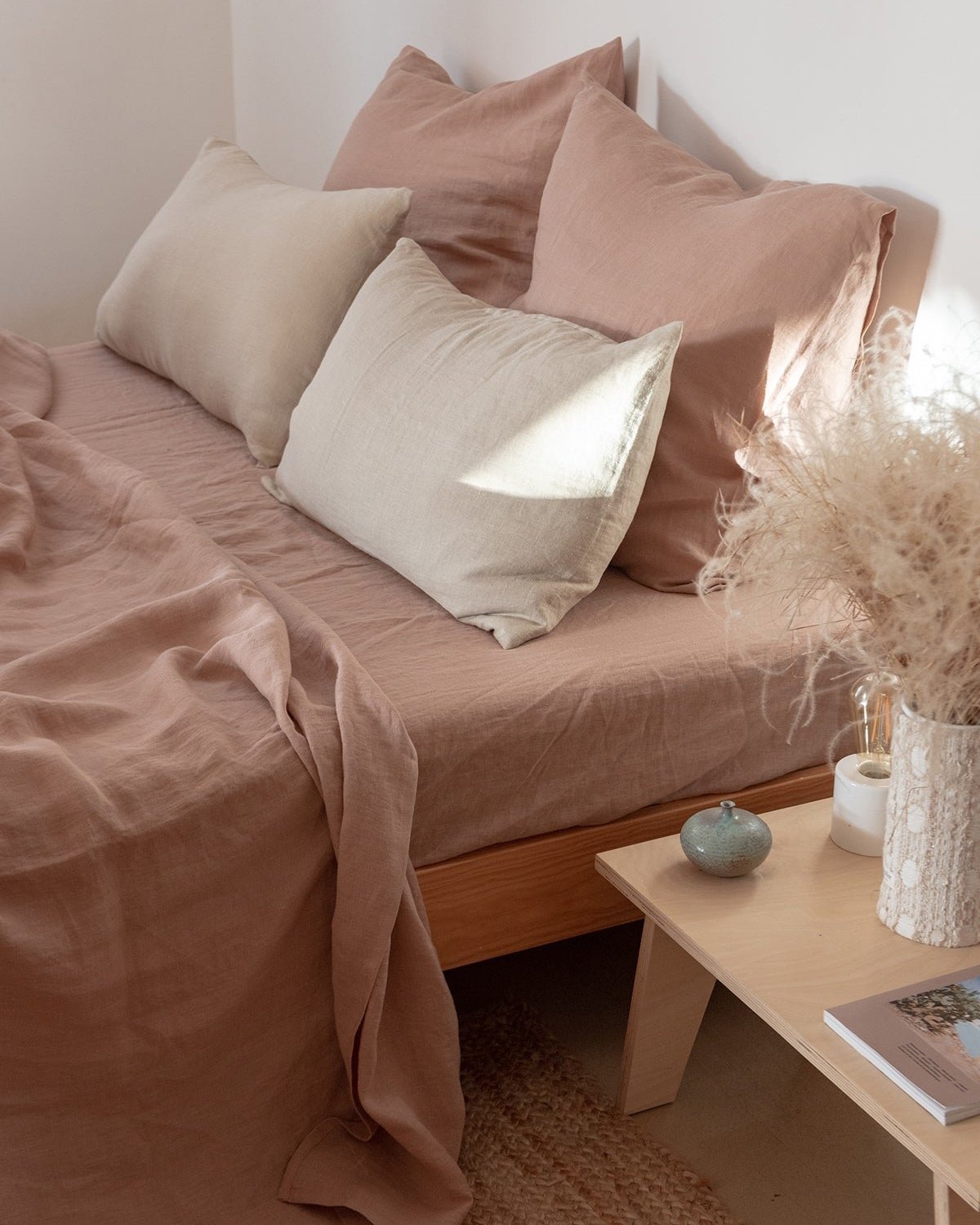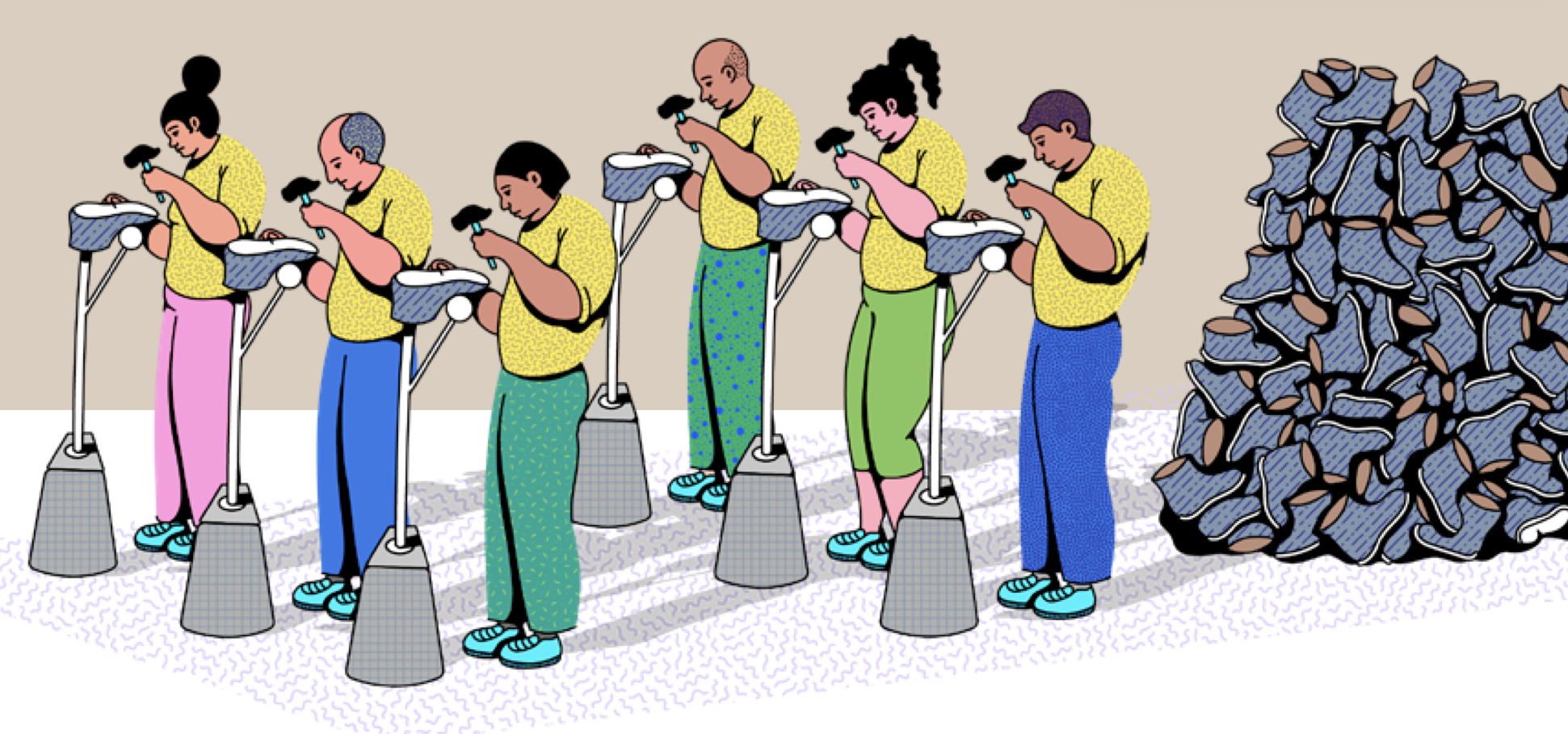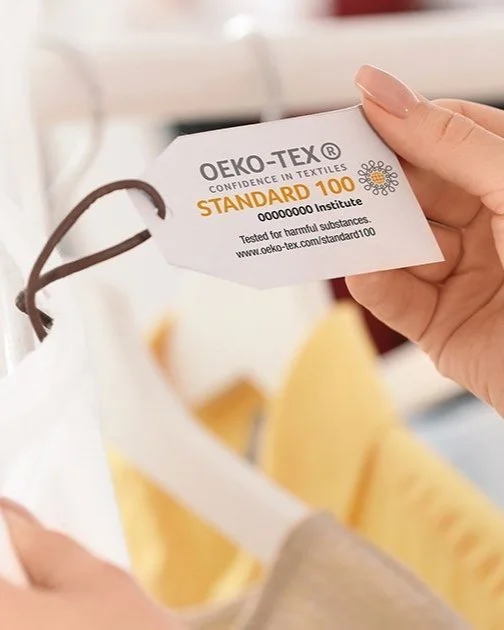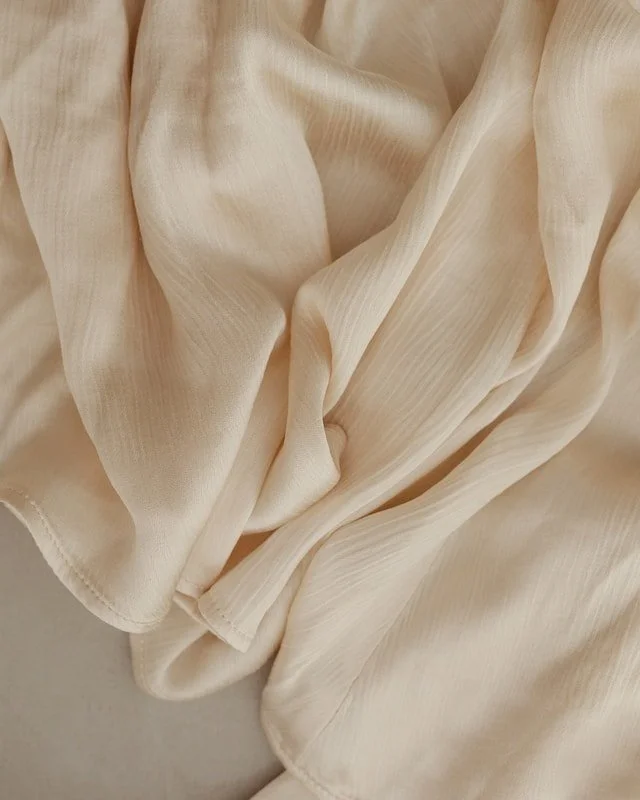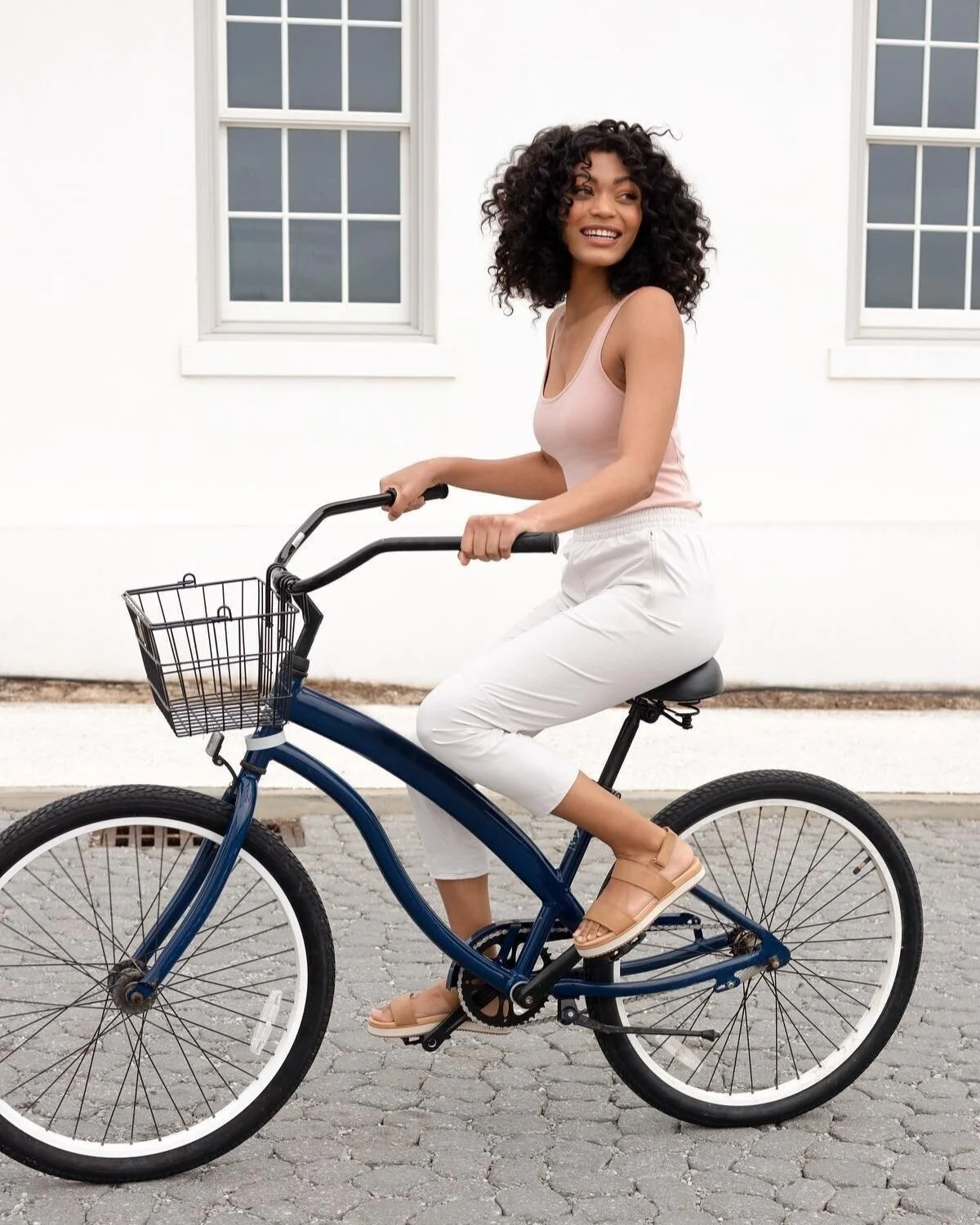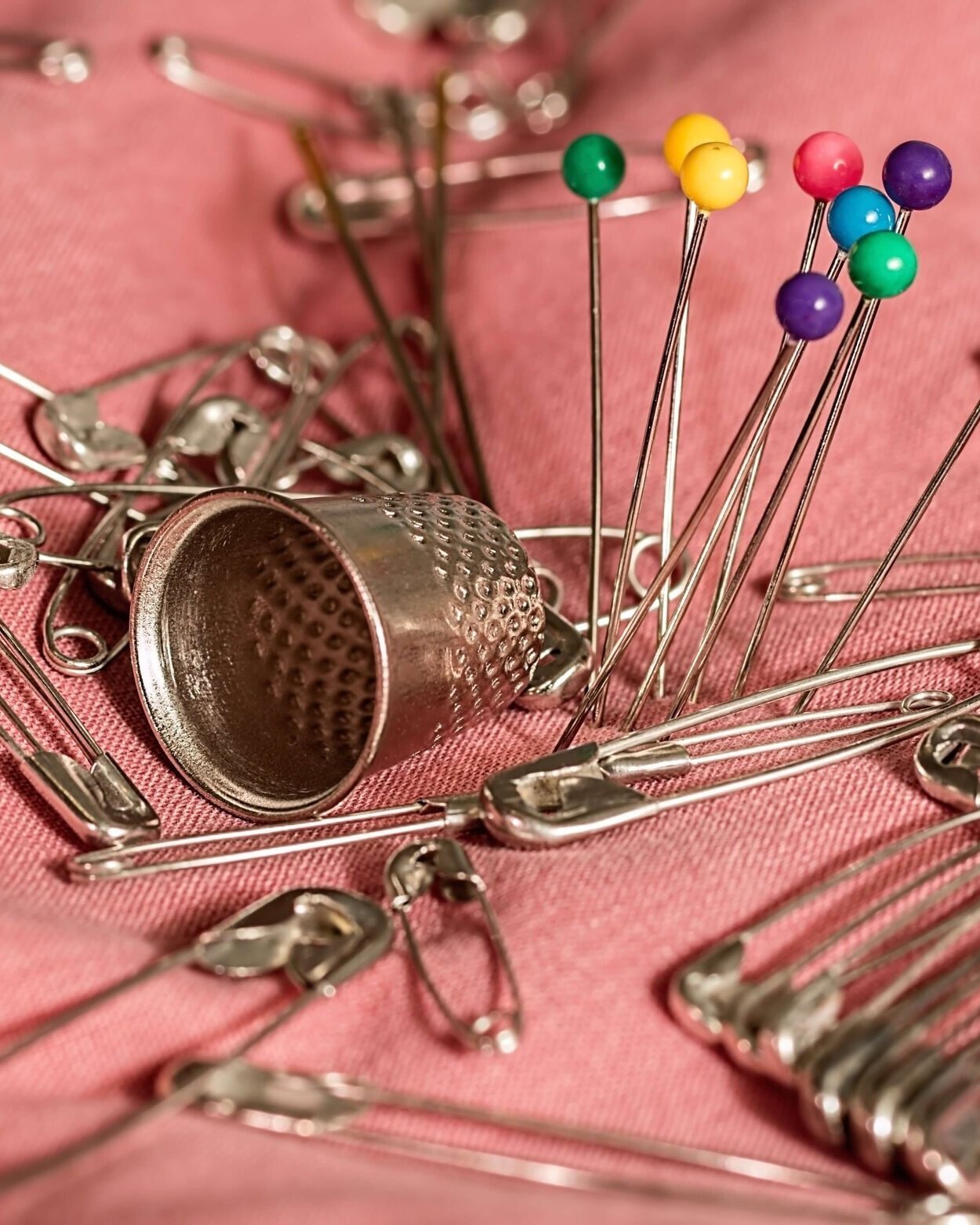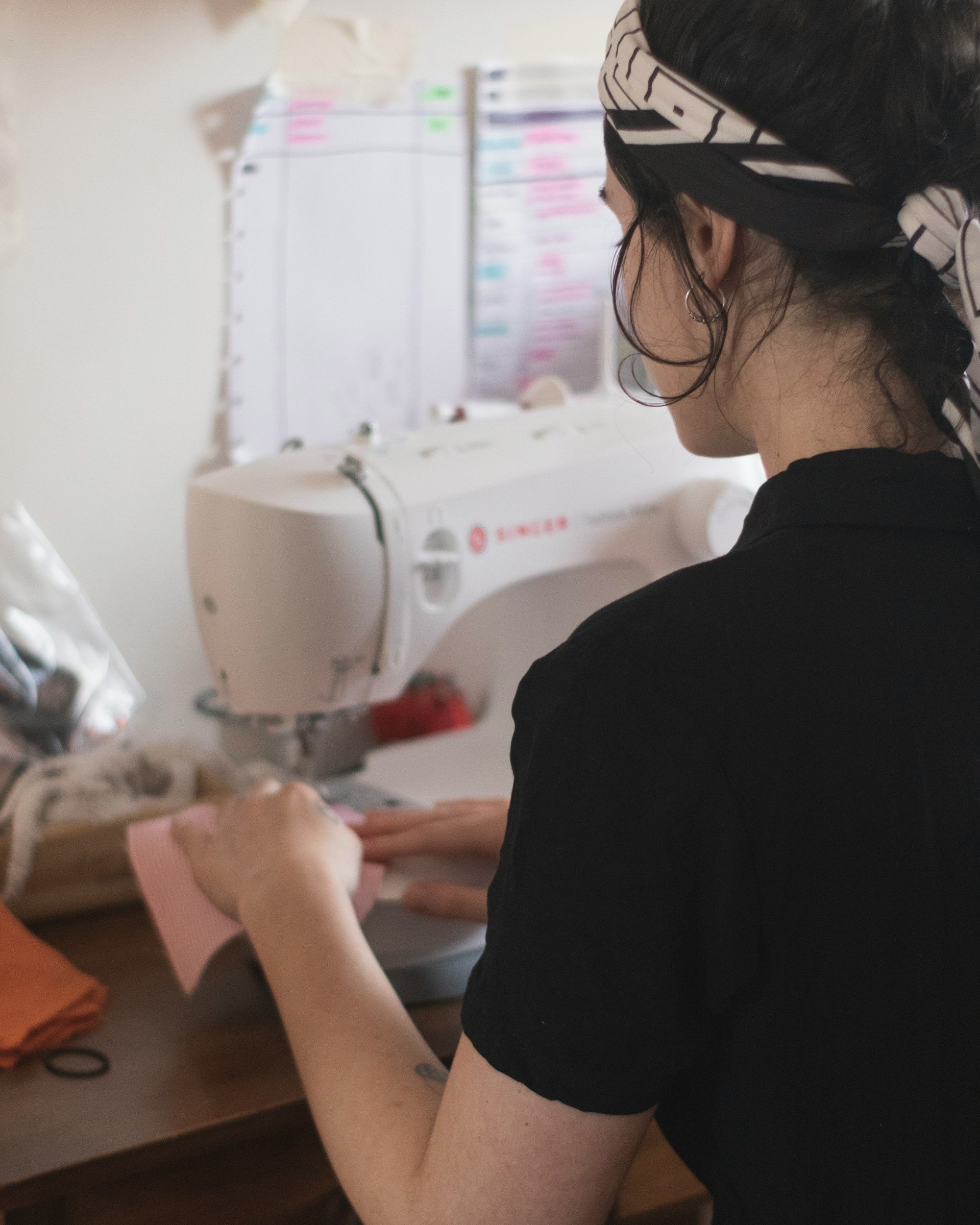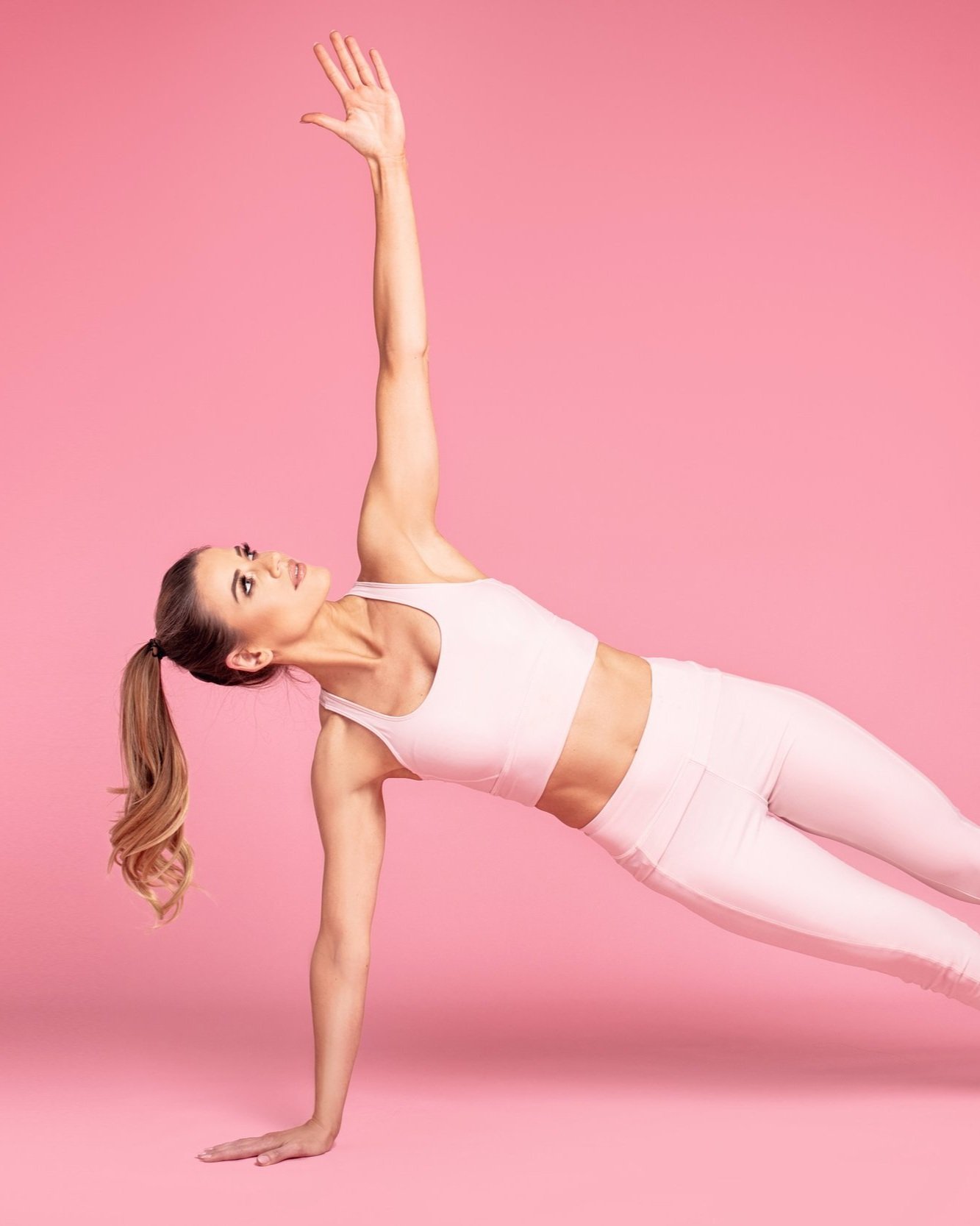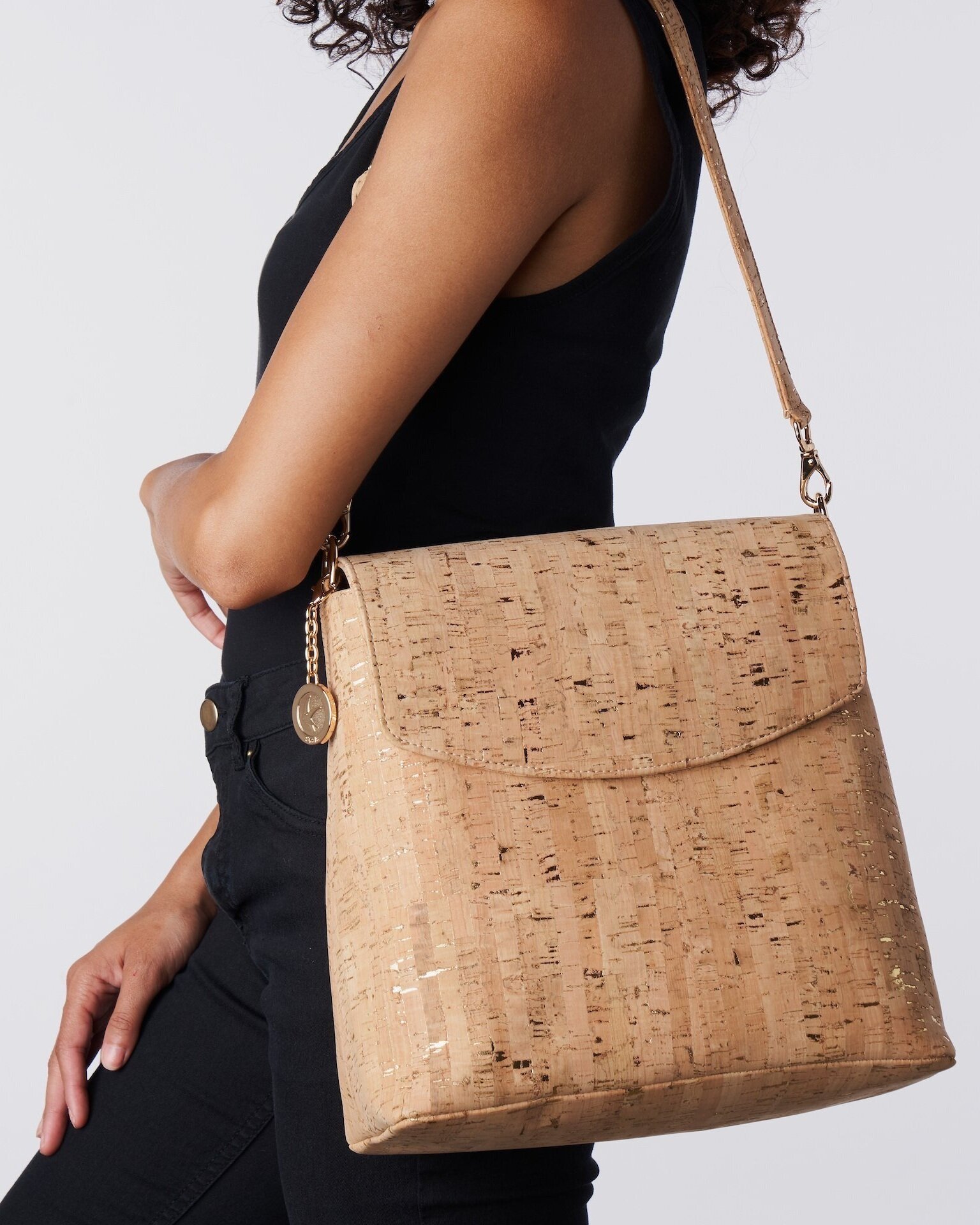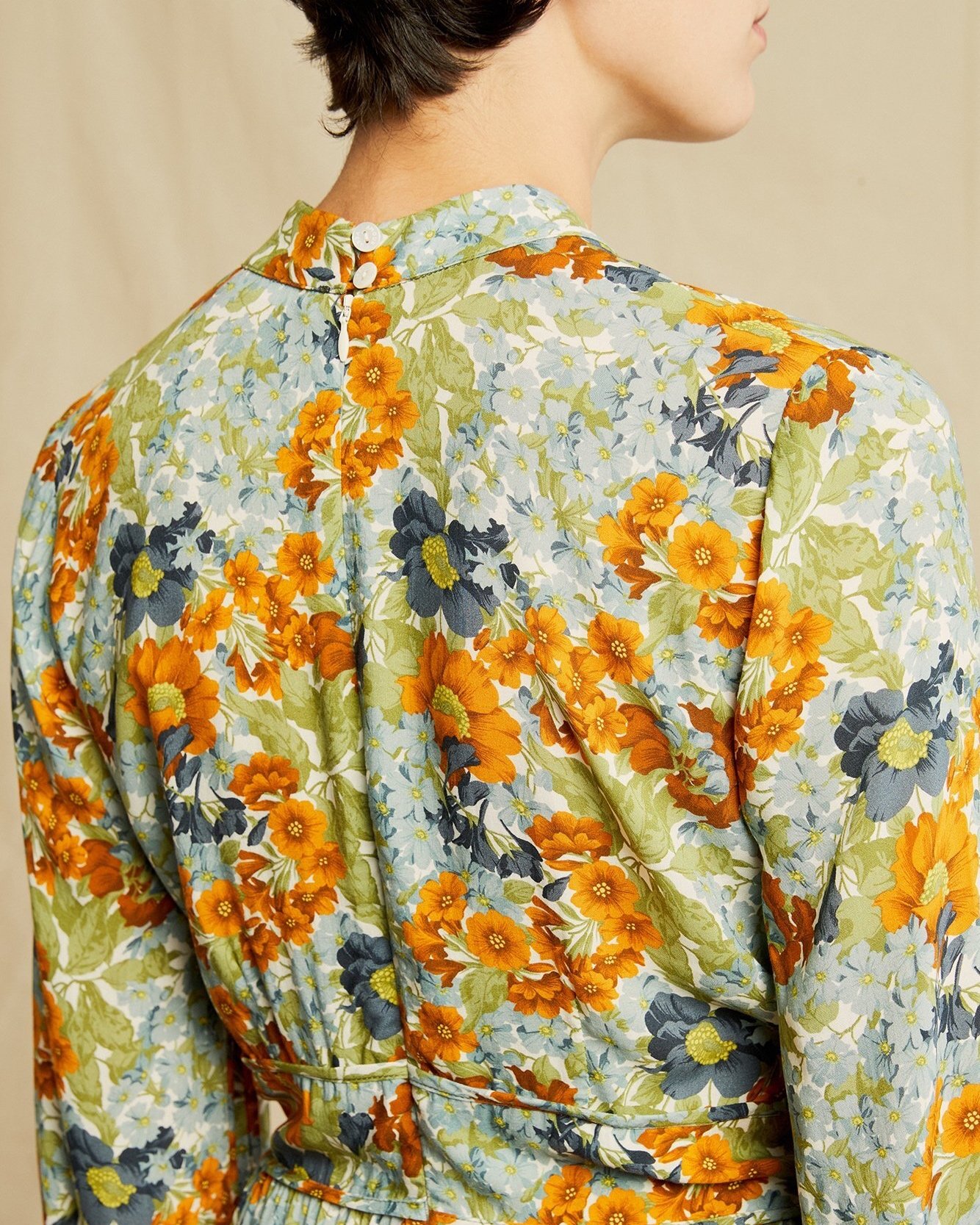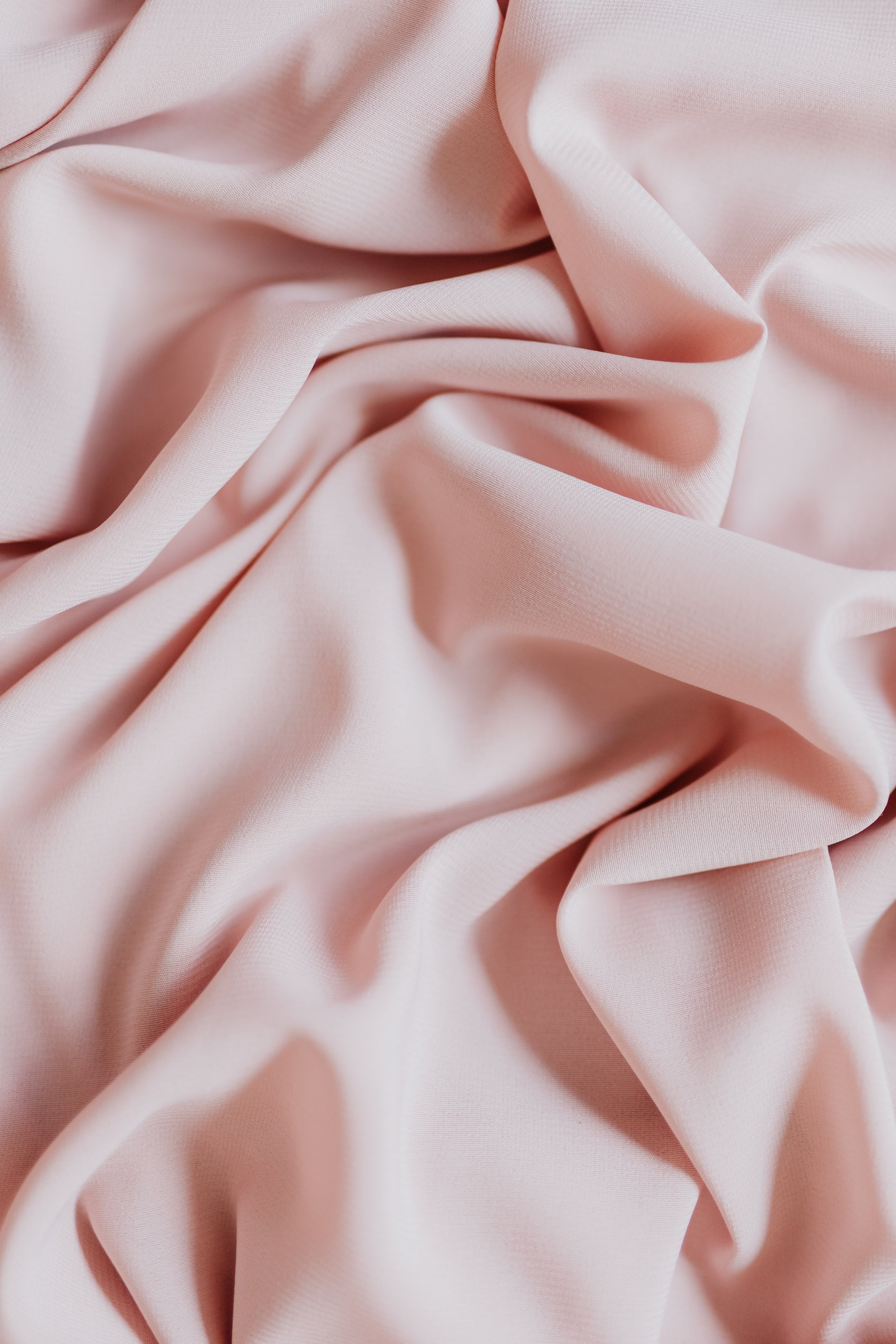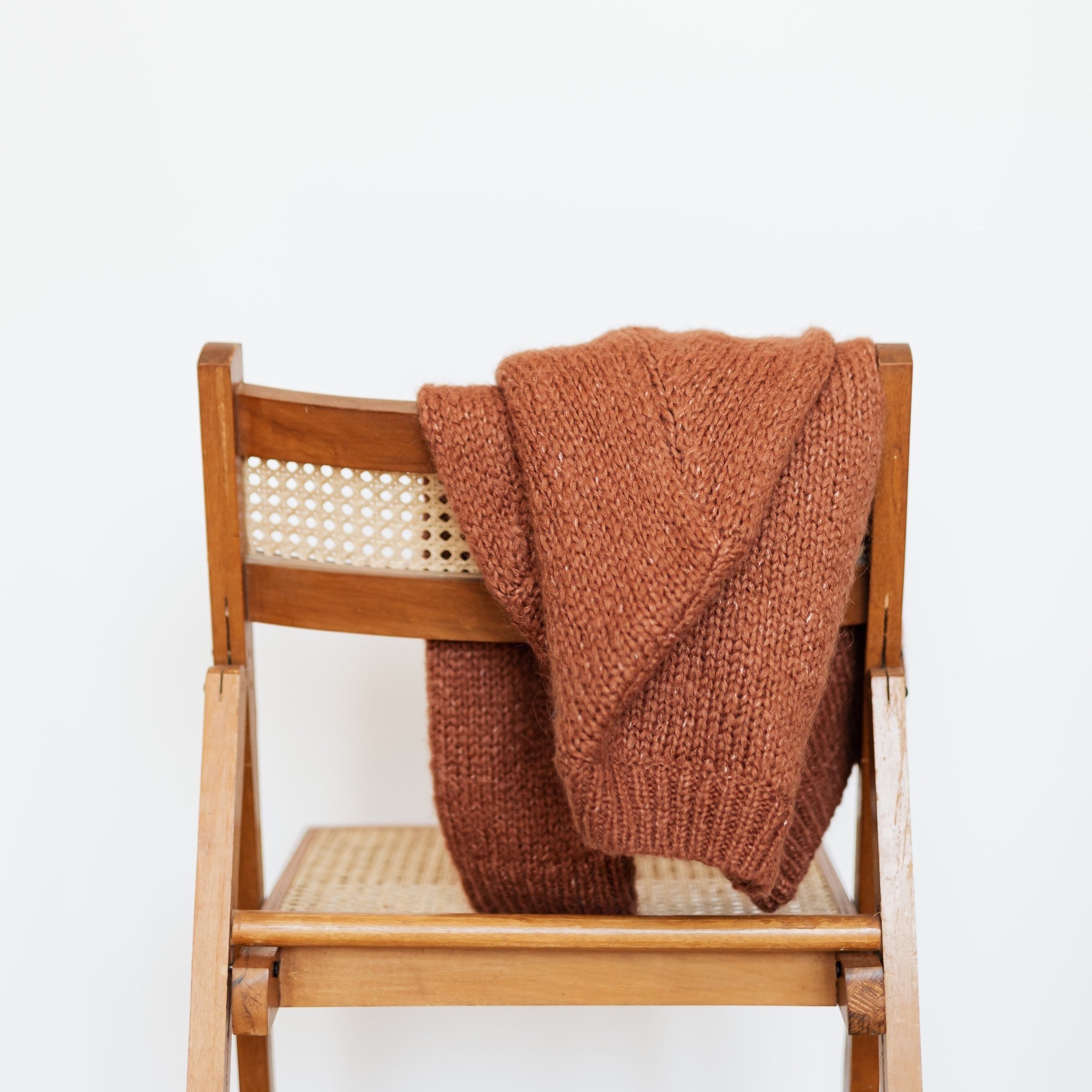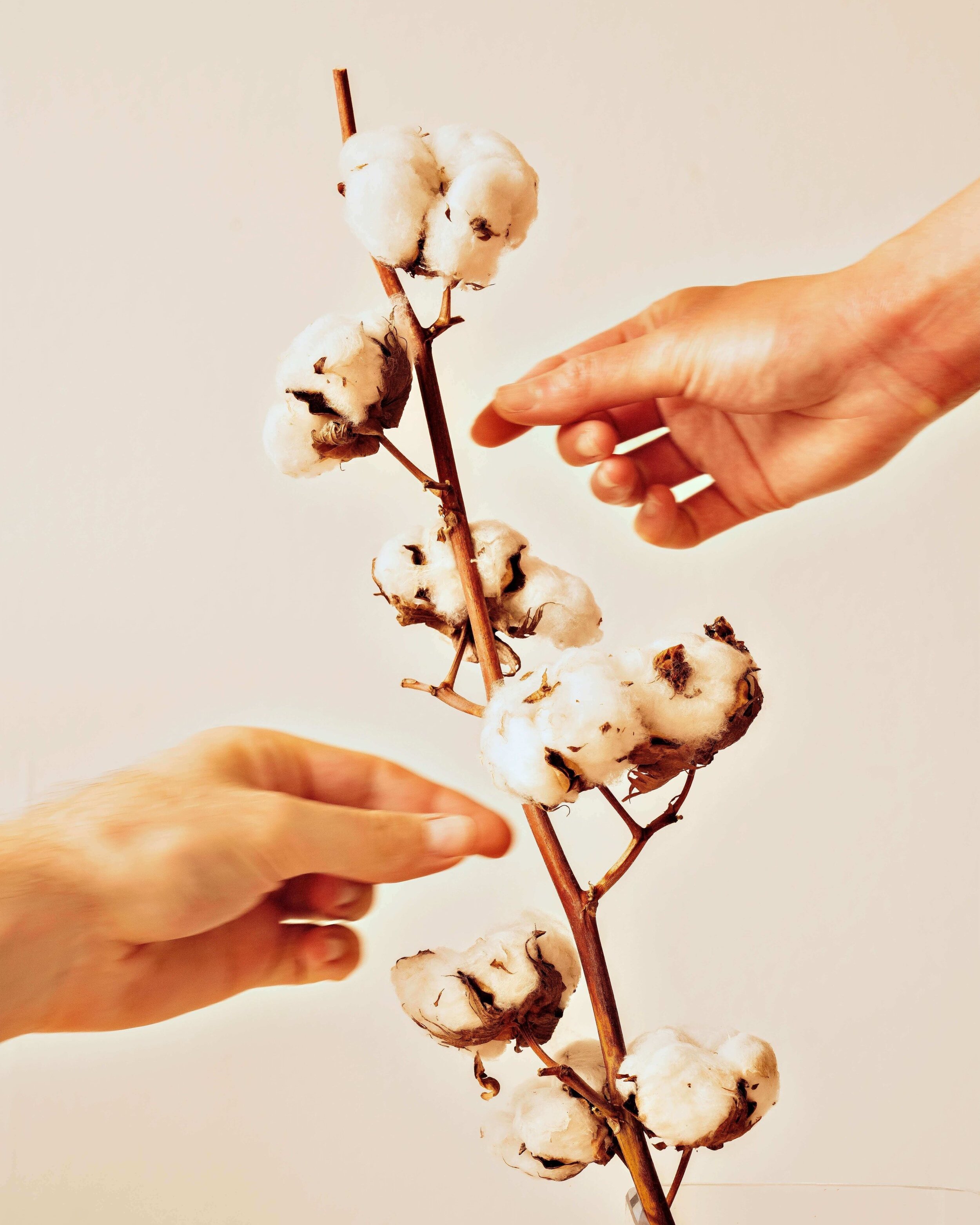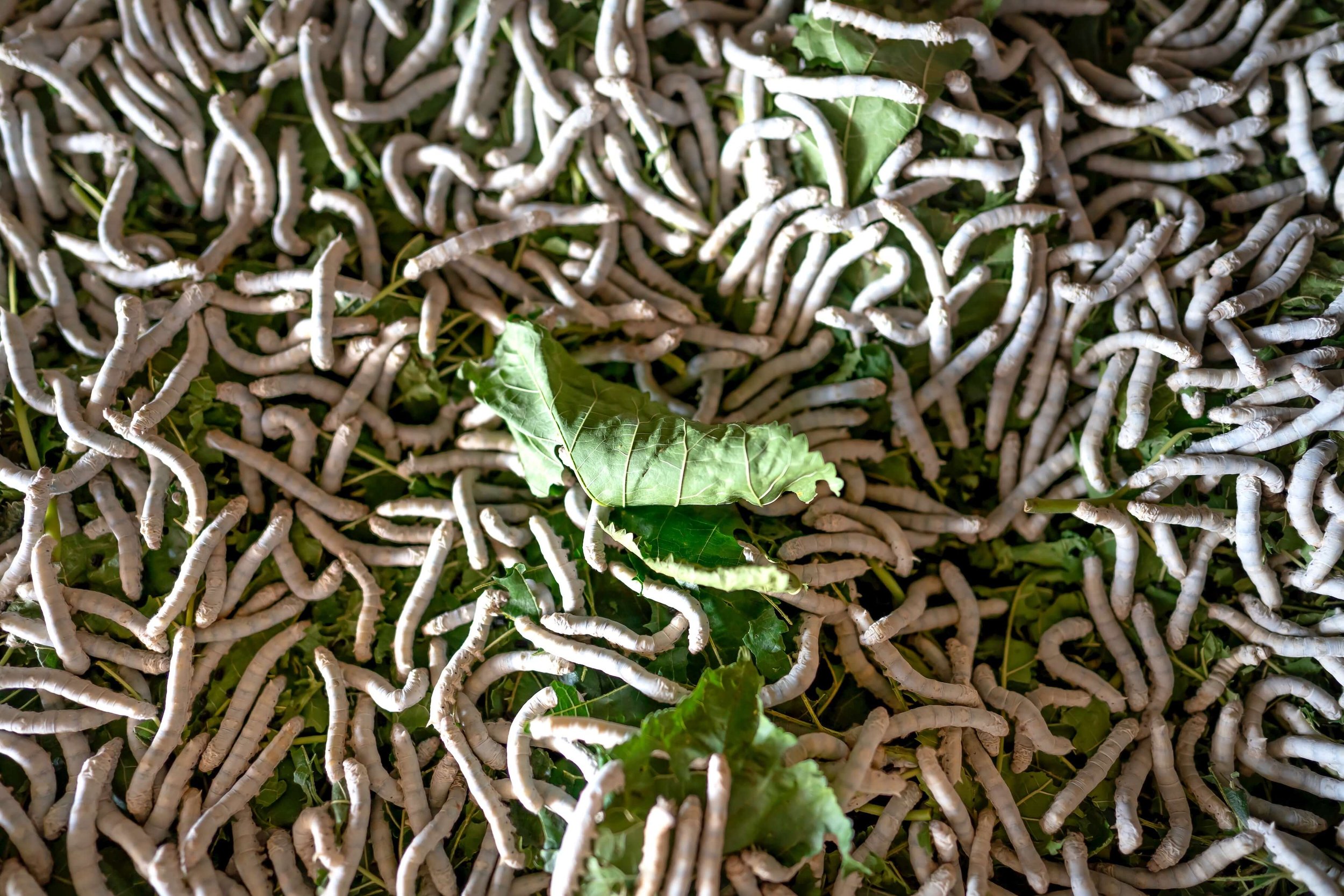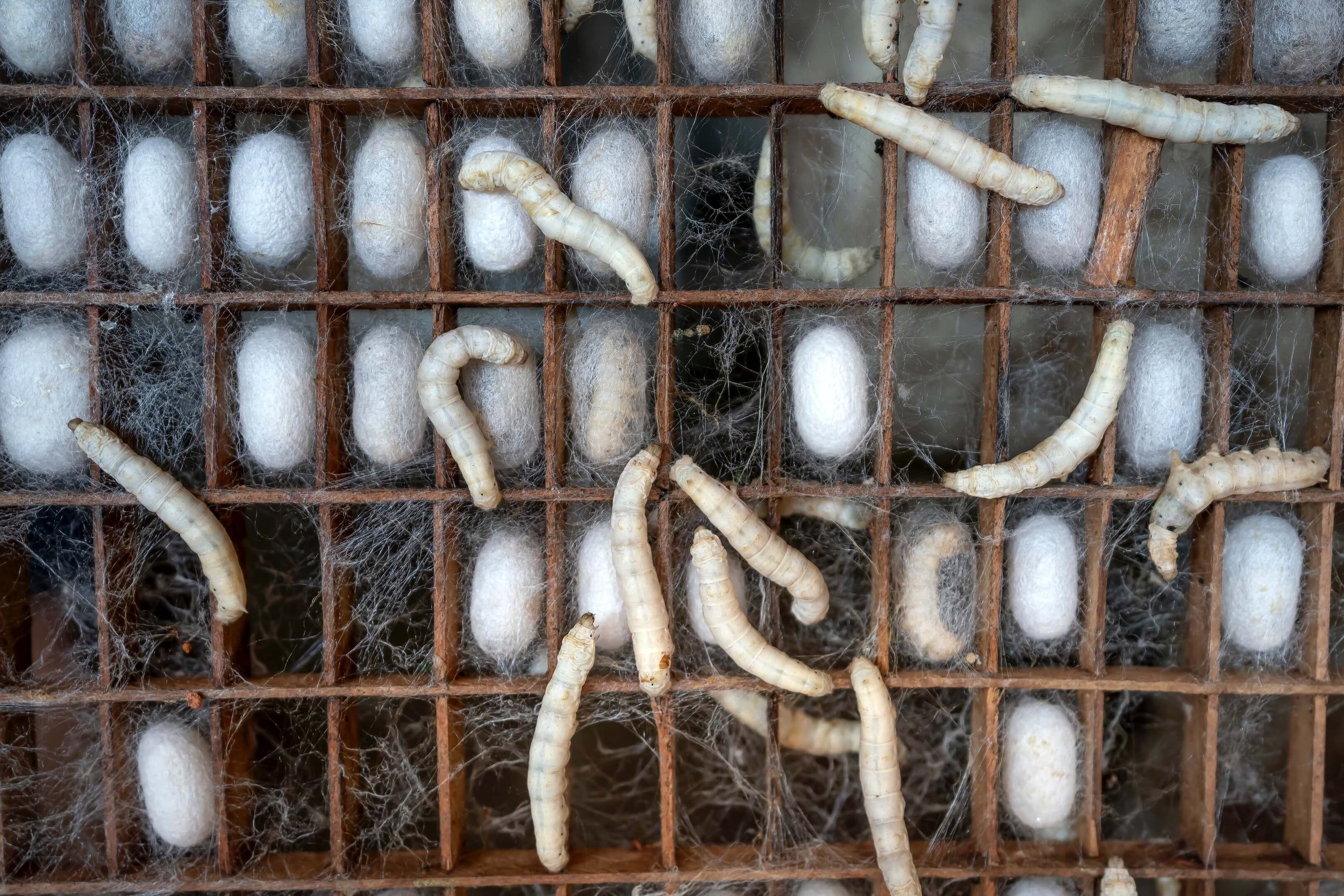image from Organic Basics
Disclosure: Some of the links below are affiliated, so we may earn a small commission if you click through and make a purchase. This post is also sponsored in part by Cloeco. We only add brands & products we truly believe in!
Where to Find Sustainable Tights & Stockings
Until we hit warmer weather and brave getting our legs out, we’re all still likely walking around in tights or stockings under our dresses and skirts. They see us through from fall to spring and are staples in our wardrobes, but how much do we really know about these undergarment base layers?
Known collectively as ‘hosiery’, tights and stockings (also pantyhose) have been around for much longer than you might think. As far back as the 9th century, legs were covered with bandages of material, often held in place with strands of gut. However, the introduction of synthetic yarns in the Twenties revolutionized the industry, with hosiery now sheerer than cotton and cheaper than silk.
Worn under clothes like dresses, skirts, shorts or even trousers, and can be used as a fashion accessory to add an extra element to an outfit or worn out of necessity for those of us living in colder climates! They come in a variety of different styles, from fishnet and patterned tights to sheer and back seamed. You'll likely see the word ‘denier’ in the product description of tights and stockings, this is used to describe the thickness of fiber. If you’re looking for thicker, warmer, and opaque tights, look for 40d+ or ‘high denier’ tights, but if you’re after something thinner or sheerer, opt for below 30d or ‘low denier’ tights. Bear in mind that the lower the denier, the weaker the fabric will be and may be more likely to rip or ladder.
What Makes Tights & Stockings Unsustainable?
In terms of garment waste, hosiery is one of the most disposable items in the industry. This is largely due to their mass production, mostly being cheaply made and with synthetic fibers. As many as 8 billion pairs of tights are made, worn a handful of times, and then discarded every year. Tights and stockings often ‘ladder’ or rip within a few uses and, with no widely available way of recycling them, are then thrown away and end up in landfills. If they’re made from synthetic materials, they won’t biodegrade but will break down into microplastics that pollute the soil, oceans, and aquatic life.
The most commonly used materials for making tights and stockings are Nylon, Spandex, polyamide, cotton, and elastane Lycra. Apart from cotton, these are all synthetic fibers that are derived from non-renewable fossil fuels. To produce these synthetic fabrics is emission intensive, requires a cocktail of toxic chemicals, and is environmentally degrading. When we wash tights or stockings made with synthetic material, hundreds of thousands of microfibers (containing microplastics) are released into our water system and end up in our ocean system and food chain.
How to Find Sustainable Hosiery?
When searching for sustainable tights and stockings, there are a few things you can do to ensure you’re picking an eco-friendly product. Most importantly, you can opt for more sustainable materials like traceable natural fibers such as bamboo, organic cotton, or recycled synthetics like ECONYL®, Nylon, or polyamide, or even leftovers from other companies' production processes (referred to as ‘deadstock’ materials).
With hosiery it’s crucial that longevity has been considered in the product design. This means the brand has included features that help the garment last as long as possible and protect it from being easily damaged. Look for features like reinforced toes that help prevent ripping or a wide waistband that stops the tights from rolling.
You should also consider if the brand has wider sustainability initiatives or certifications that make their hosiery ethical as well as sustainable. Do they ensure a living wage for their garment workers? Do they use renewable energy in their factories? Can you see where they’ve sourced their materials from? These are all questions that you should be able to find answers to on the brand’s website.
One element of sustainable hosiery is down to you. The aftercare of any garment is just as important as how it was made, and looking after your tights or stockings can help them last much longer. Check the washing and drying guidance from the brand, and if they’re made with synthetic fibers, you can use a Guppyfriend or similar bag to catch any microplastics that are released during the wash.
Now, Our Top Picks for Eco-Friendly Tights & Stockings
1) CLOECO
Materials: Tencel
Price: $19-32
These natural tights made from Tencel are comfier for your body and easier on the environment. CLOECO tights are naturally durable, luxuriously soft and anti-itch. They also have a 30 days risk-free trial and free shipping. Plus, how cool is it that women scientists and engineers founded CLOECO?! This definitely gives us more confidence in what we put on our bodies.
2) Underprotection
Materials: Recycled Polyamide
Price: $15-22
Underprotection has a range of five sustainable tights made with soft, recycled polyamide in 25 – 45 denier.
Their tights have a soft waist elastic and light to medium support, depending on the style. Underprotection is also a certified B Corp!
3) Swedish Stockings
Materials: Recycled Polyamide, Organic Cotton, Organic Wool
Price: $30-62
Knitted from recycled yarn in their zero-waste, 100% emission-free facility, Swedish Stockings tights are ideal for sustainable hosiery. These tights have been designed to last with a wide comfort waistband and toe reinforcements! They also have a recycling program where you can send back three old pairs of stockings for 10% off your next purchase.
4) Sezane
Materials: Recycled Polyamide, Recycled Elastane
Price: $20
Sezane’s tights come in black, charcoal, and black polka dots and range from 40 – 80 denier. The tights are made with recycled Polyamide and recycled elastane, and their pieces are certified by 5 of the industry’s most reliable certifications: GOTS, Oeko-Tex, FSC, RWS and RMS.
Sezane has also recently become a certified B Corp!
5) Thought
Materials: Bamboo, Recycled Nylon
Price: $19
Thought has a range of well-made tights created with bamboo that feels luxurious on your skin, and the thick yarn is just the right amount of opaque. They also have a range of tights made from recycled nylon, helping to divert waste from landfill. Available in black, grey, navy, sage green, and toffee brown, Thought has the perfect pair of tights for any outfit.
6) Organic Basics
Materials: Recycled Nylon
Price: on sale $24-27 for 2-pack
Organic Basics are well known for their premium basics and underwear, but did you know they also make tights? Made with GRS certified recycled nylon, their tights are 3D knitted, ladder-resistant and feature toe reinforcements for durability. Compared to using virgin nylon and traditional practices, these tights will save 3.5kg of CO2 emissions and 52 liters of water!
7) Seasalt Cornwall
Materials: Organic Cotton, Bamboo, Recycled Nylon
Price: $32
UK-based brand Seasalt Cornwall offers a range of tights in rich colors inspired by the landscapes of the coastal country of Cornwall. Choose from the breathable bamboo or organic cotton tights or recycled ones made from repurposed nylon. They have gentle elastic tops for comfort, with sizes ranging from Small to XXL.
8) Heist
Materials: Recycled Polyamide, Recycled Elastane
Price: $14-41
Heist’s latest collection of tights are made with soft, recycled yarn from materials including polyamide and elastane. Choose from four styles: the Geometric, the Fine Line, the Over-Knee, and the Cut-Off footless tights. Heist has removed the gusset from these tights to reduce sagging when worn and feature a waistband that doesn’t dig or roll, perfect for all-day comfort!
9) Pretty Polly
Materials: Biodegradable Polyamide
Price: $18-30
Are these the world’s first biodegradable tights?
The Eco-Wear collection by Pretty Polly features a range of hosiery, seam-free underwear and leggings made from the first biodegradable polyamide in the world. The tights feature a reinforced body, flat seams, cotton gusset and lightly reinforced toe.
10) Dear Denier
Materials: Recycled Polyamide, Recycled Elastane
Price: $20-43
Dear Denier specializes in sustainable and innovative hosiery, and the production of their tights is emission-free and zero-waste. With air vents and a light control top, these tights are so comfortable you’ll forget you’re wearing them. Vegan? Check out their range of vegan hosiery that is certified by PETA! Dear Denier also has a recycling initiative where you can save your tights from landfills and receive a 10% discount code.
About the Author
Sarah is a freelance writer with a focus on vegan fashion, sustainability and ethically made clothes. She campaigns for change in the fashion industry through her blog and on her Instagram page.
MAKE SURE TO PIN THE PHOTO BELOW TO SAVE THIS POST FOR LATER!
WANT MORE SUSTAINABLE BRANDS? VISIT OUR BRAND DIRECTORY!
Our Brand Directory is home to hundreds of sustainable brands, from makeup to cleaning supplies, from underwear to shoes. We have broken everything down by category for easy shopping, along with discount codes unique to Sustainably Chic viewers.

